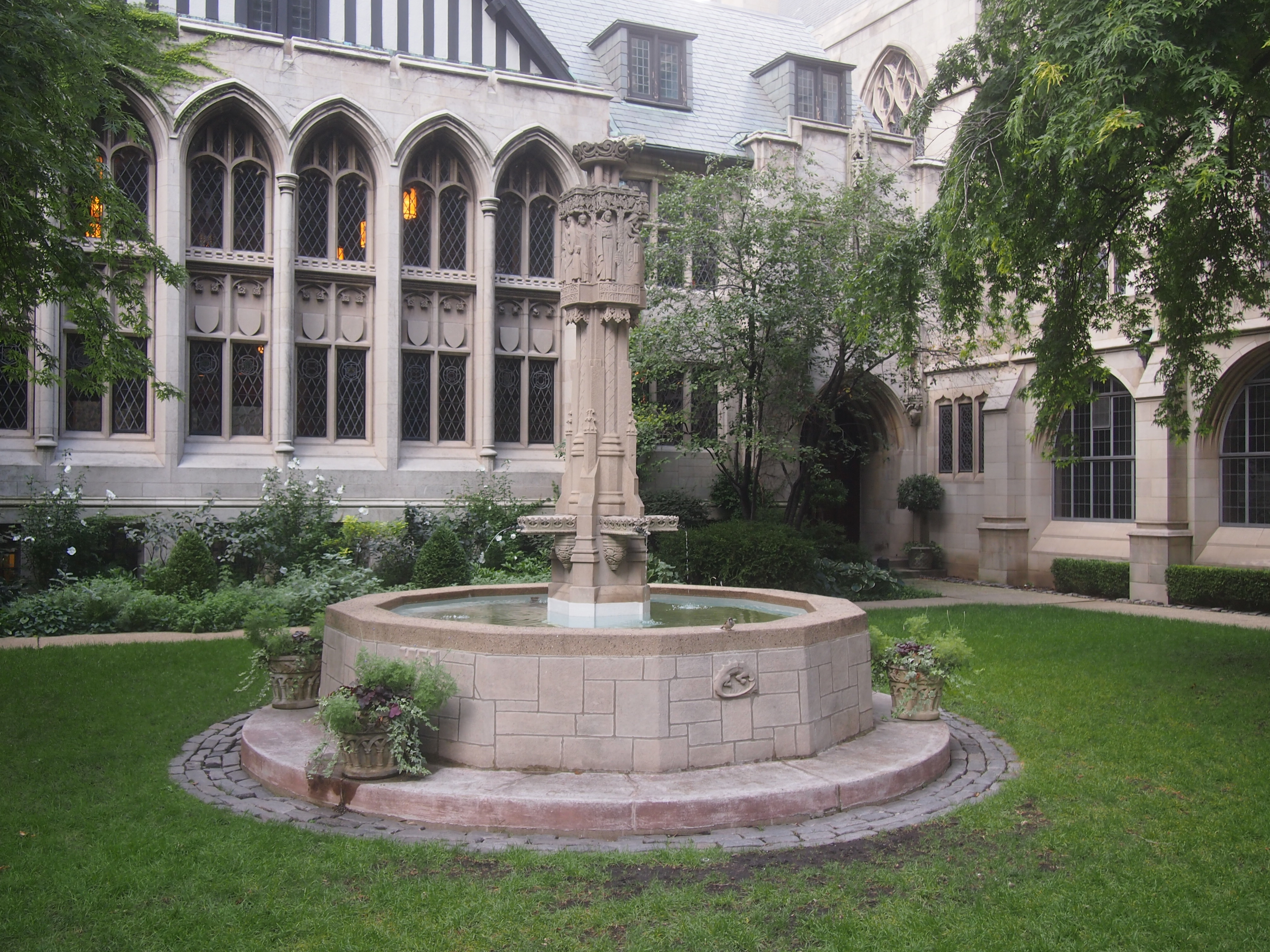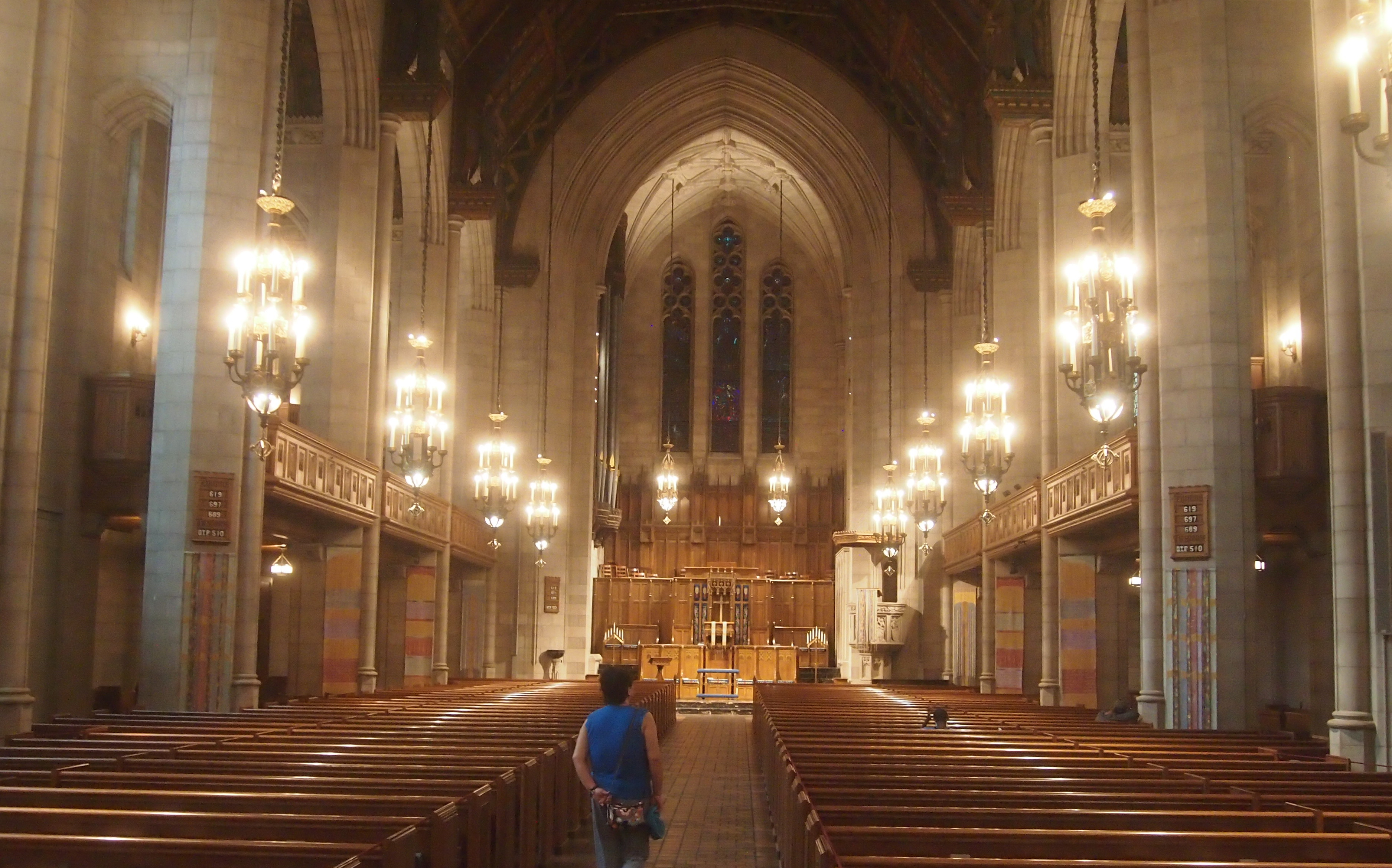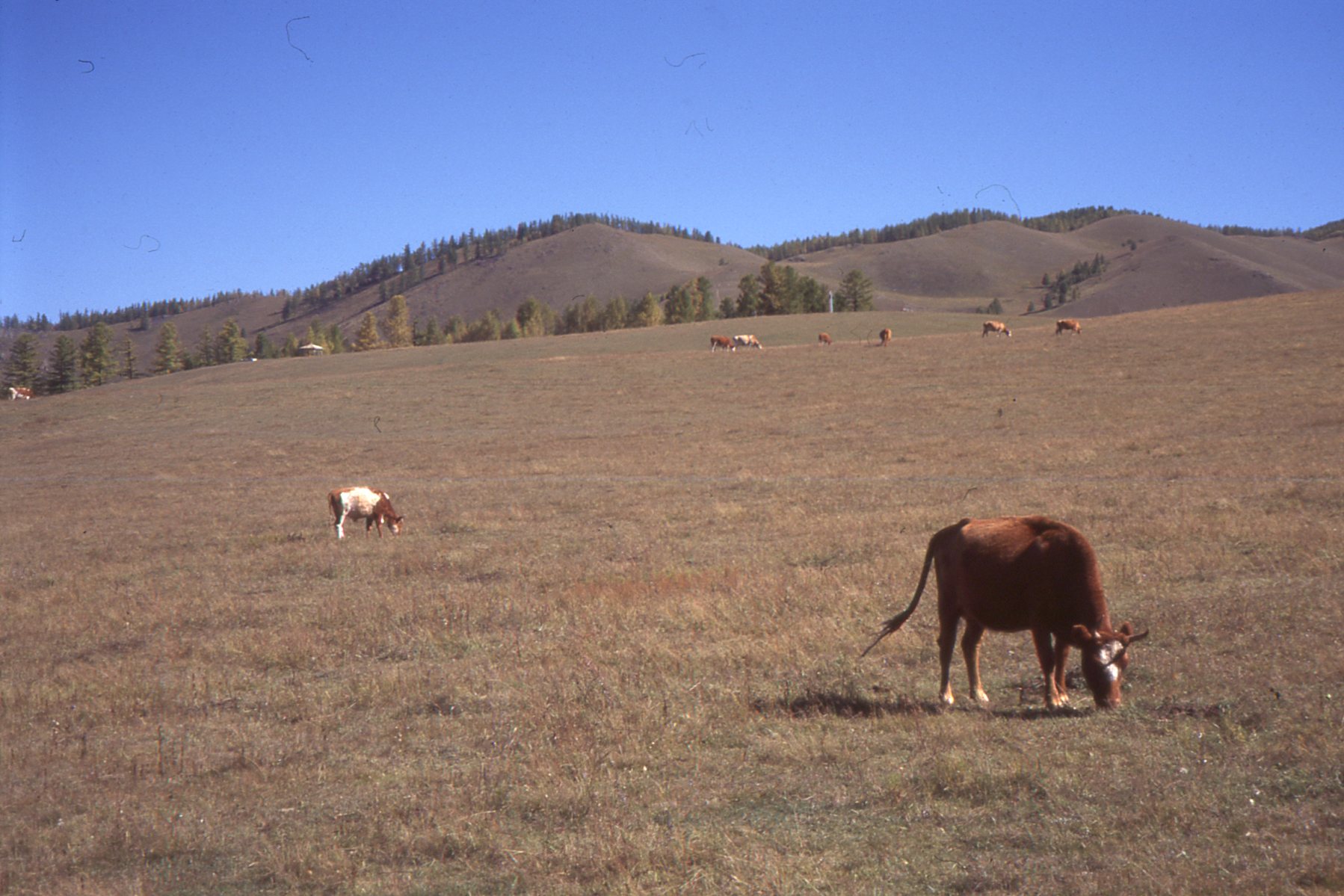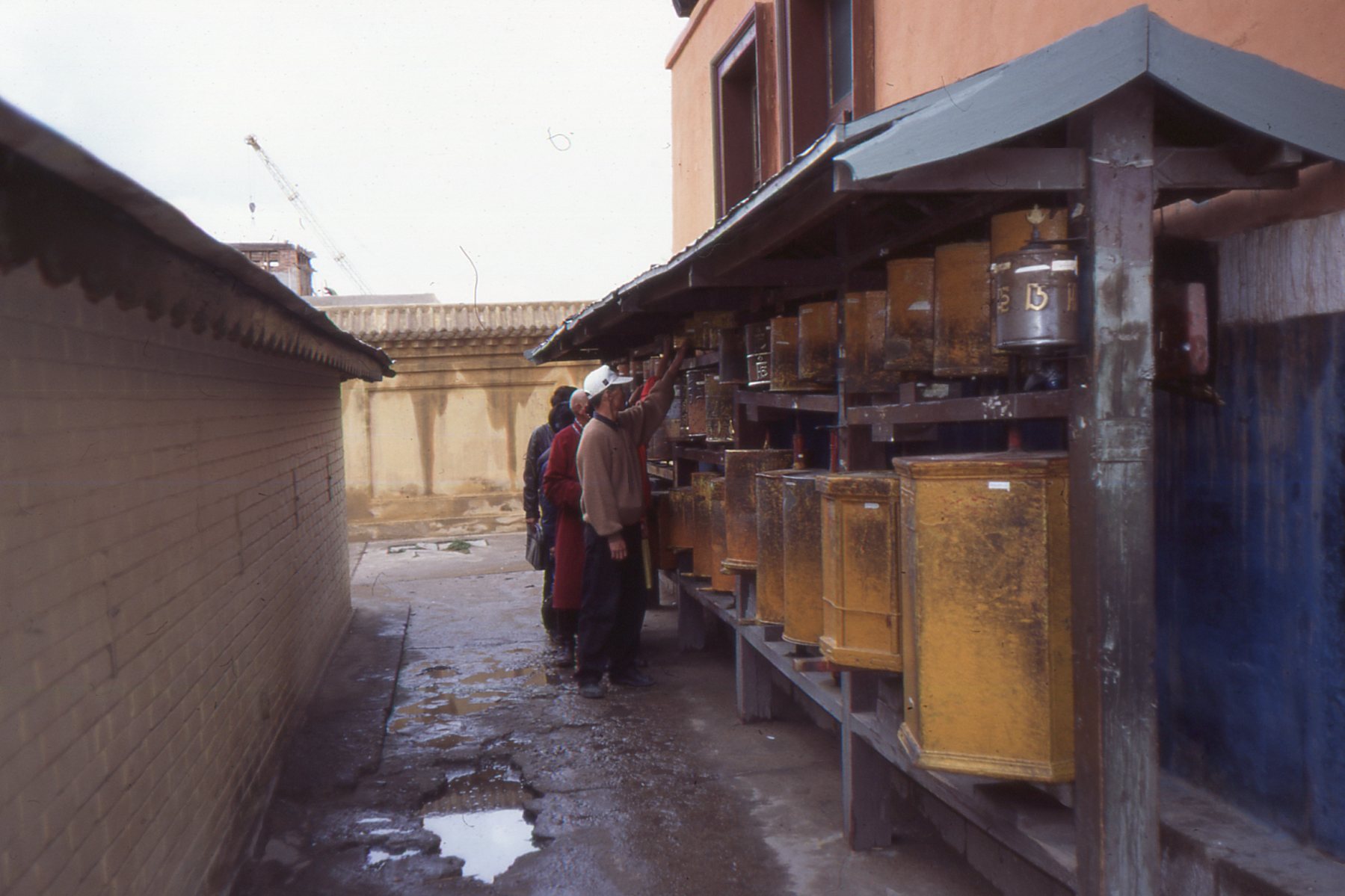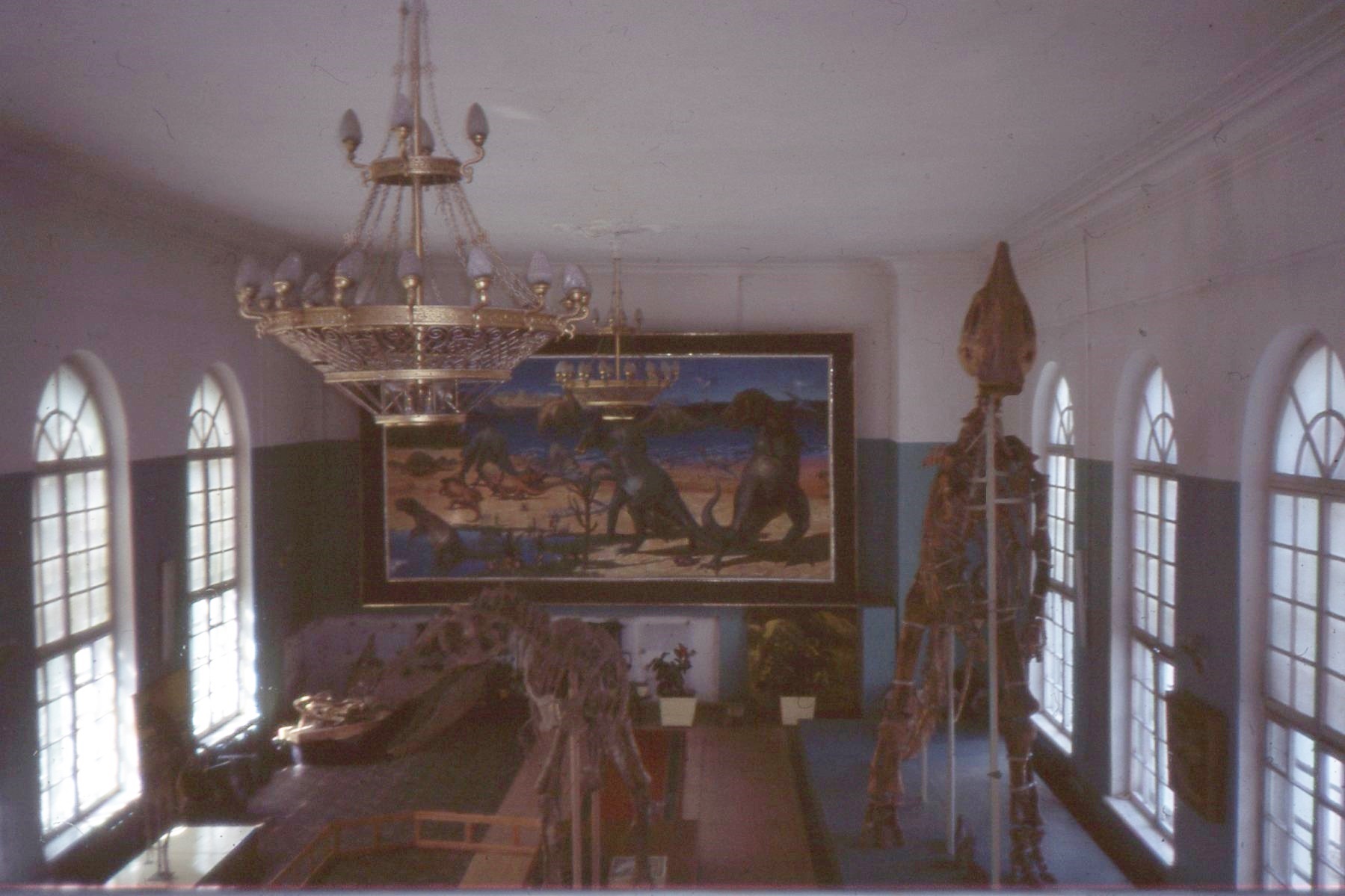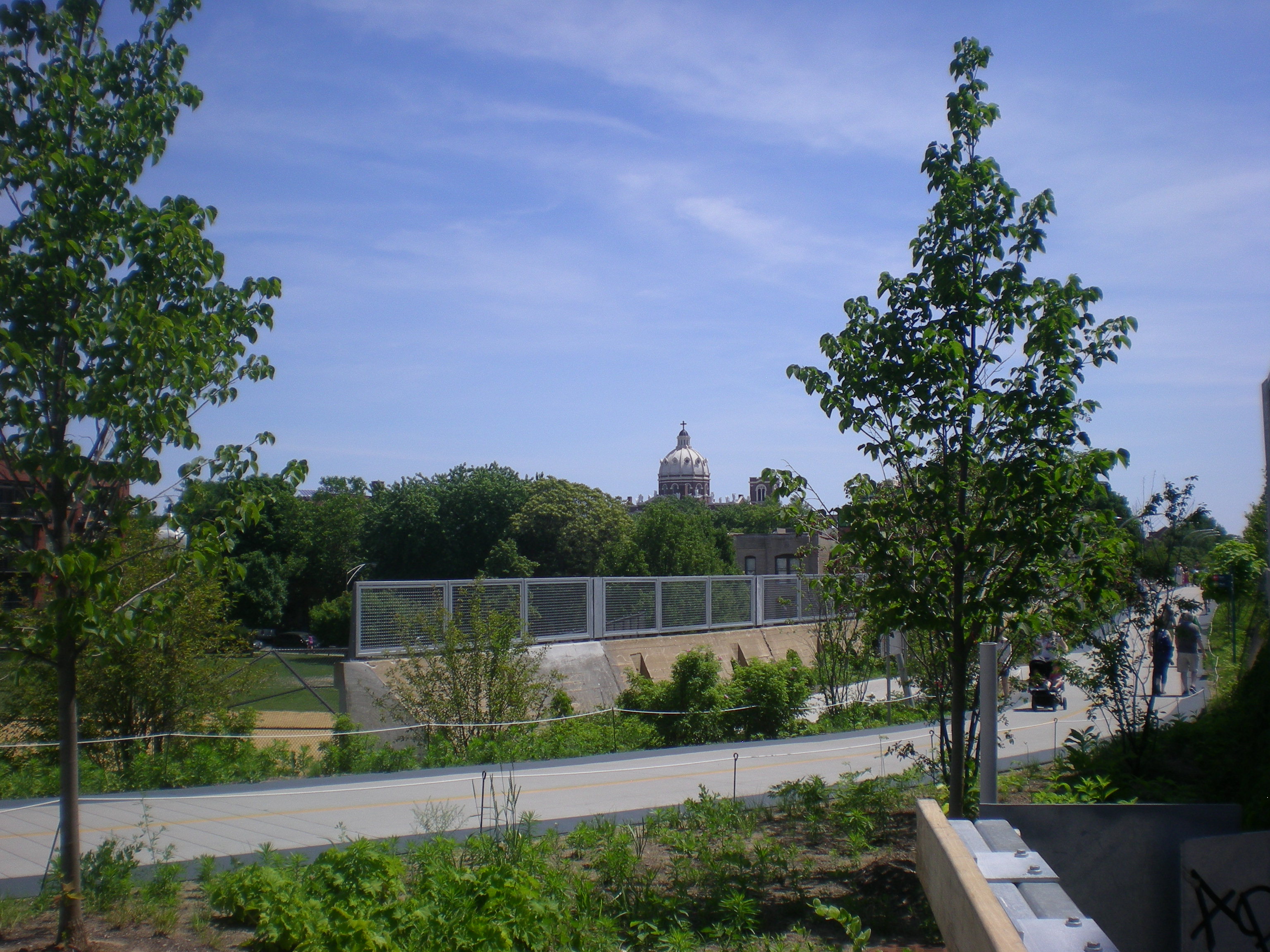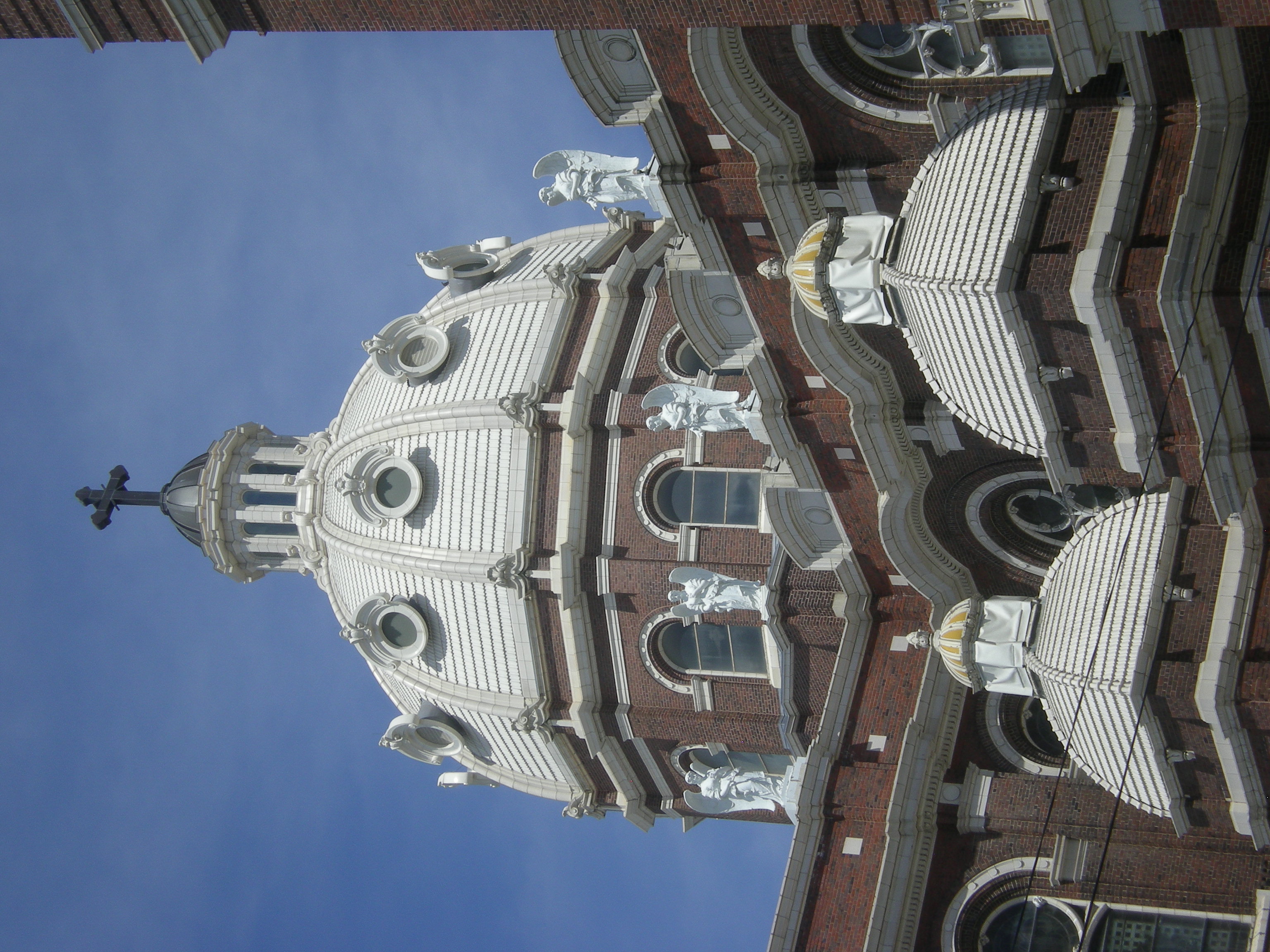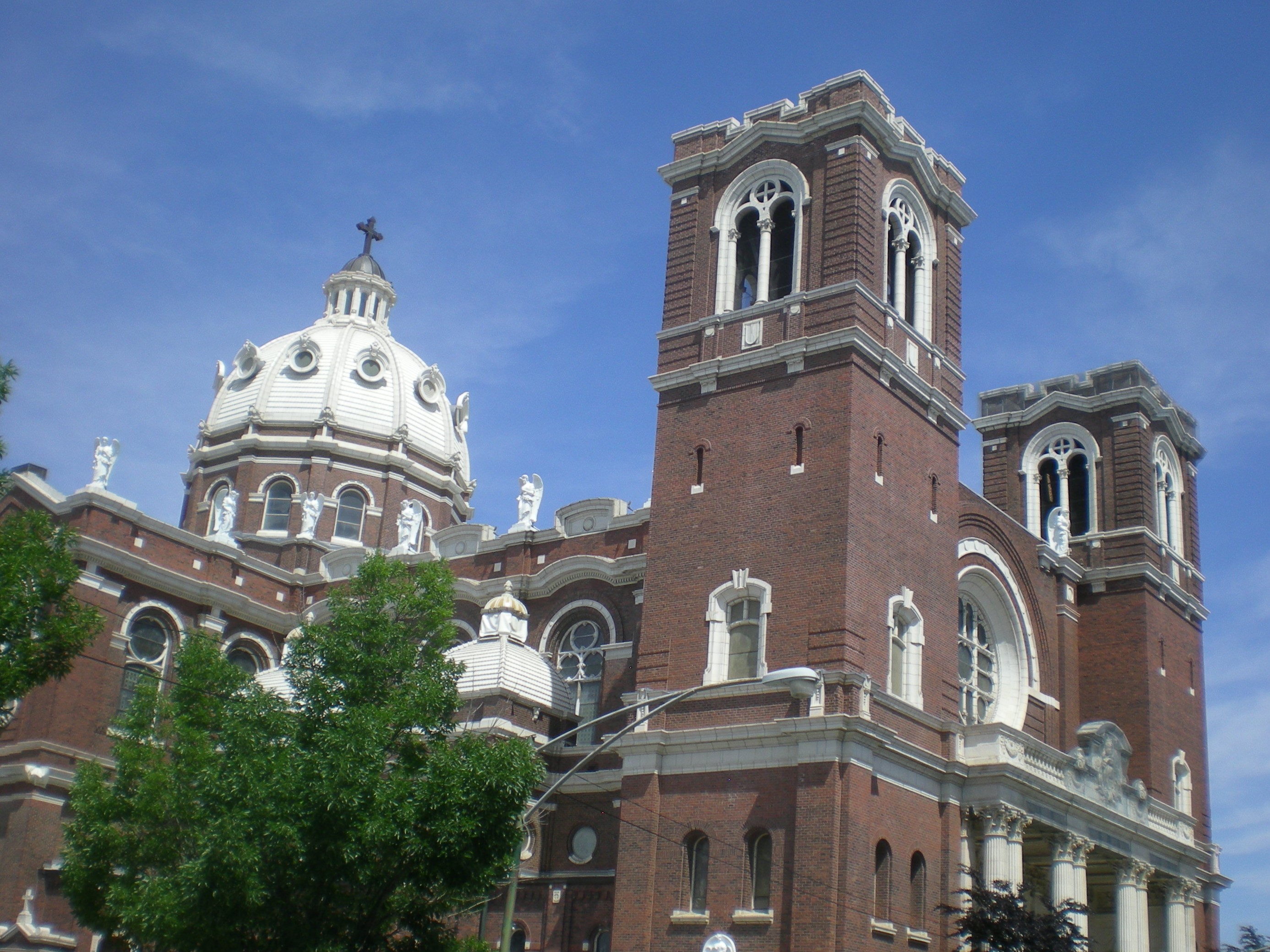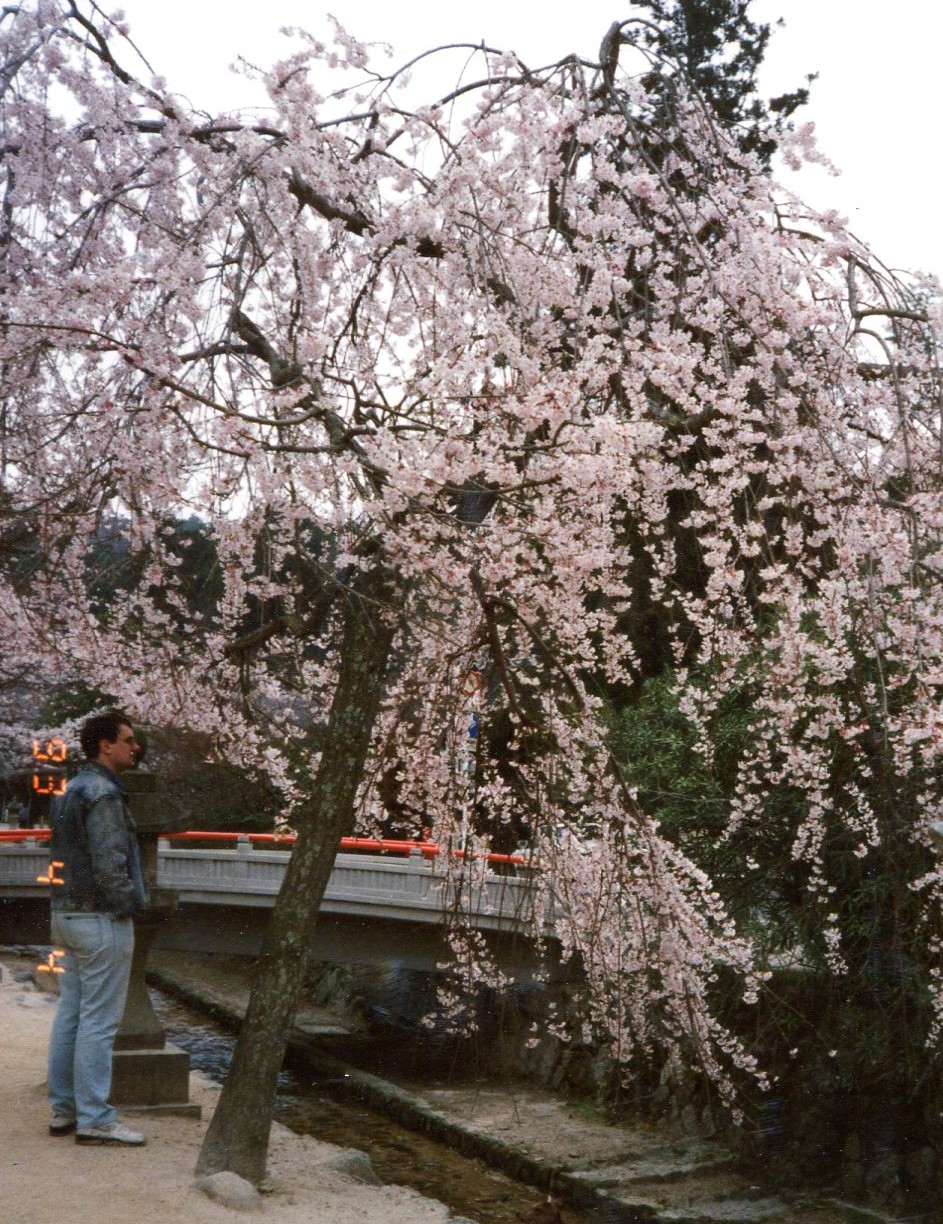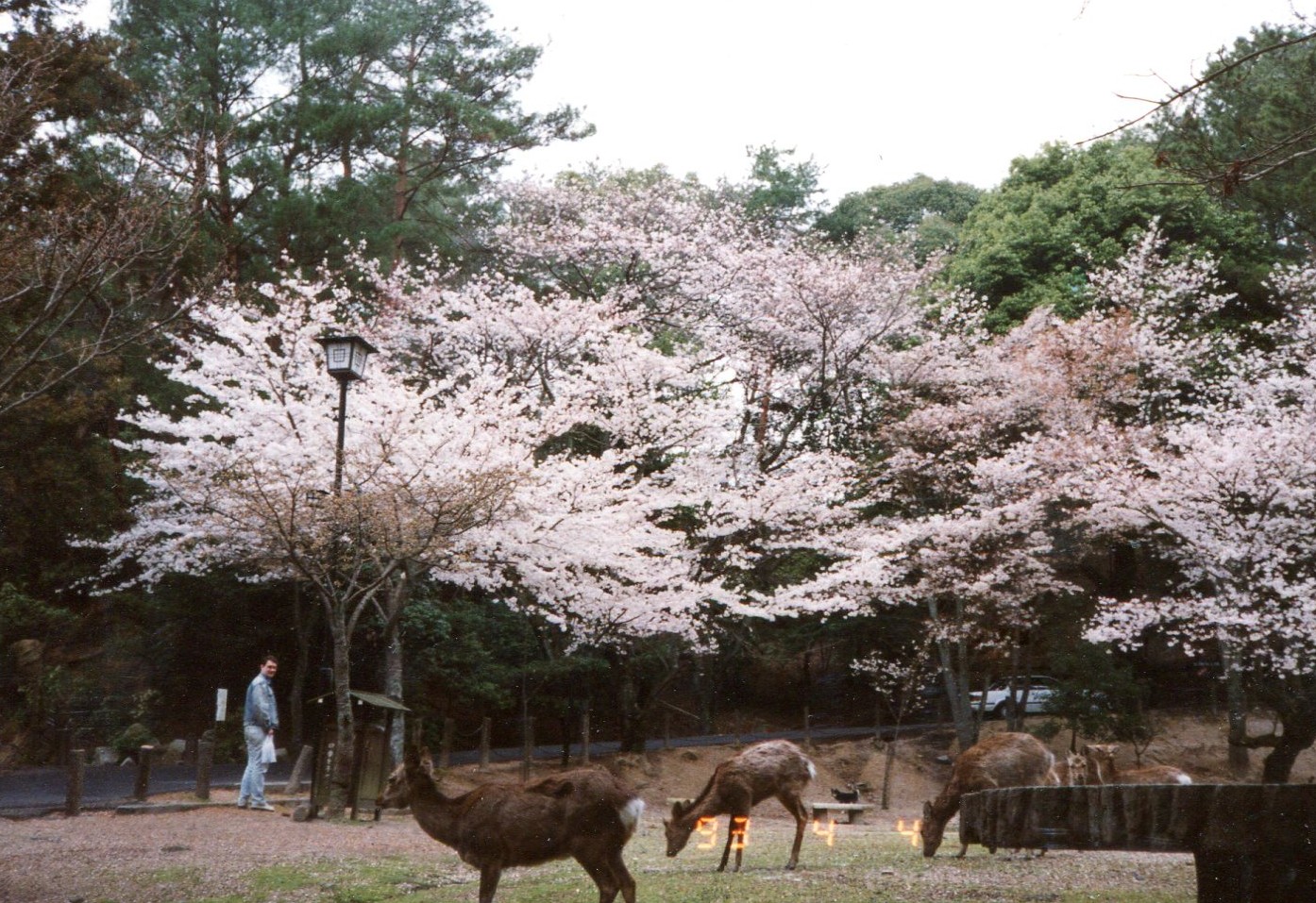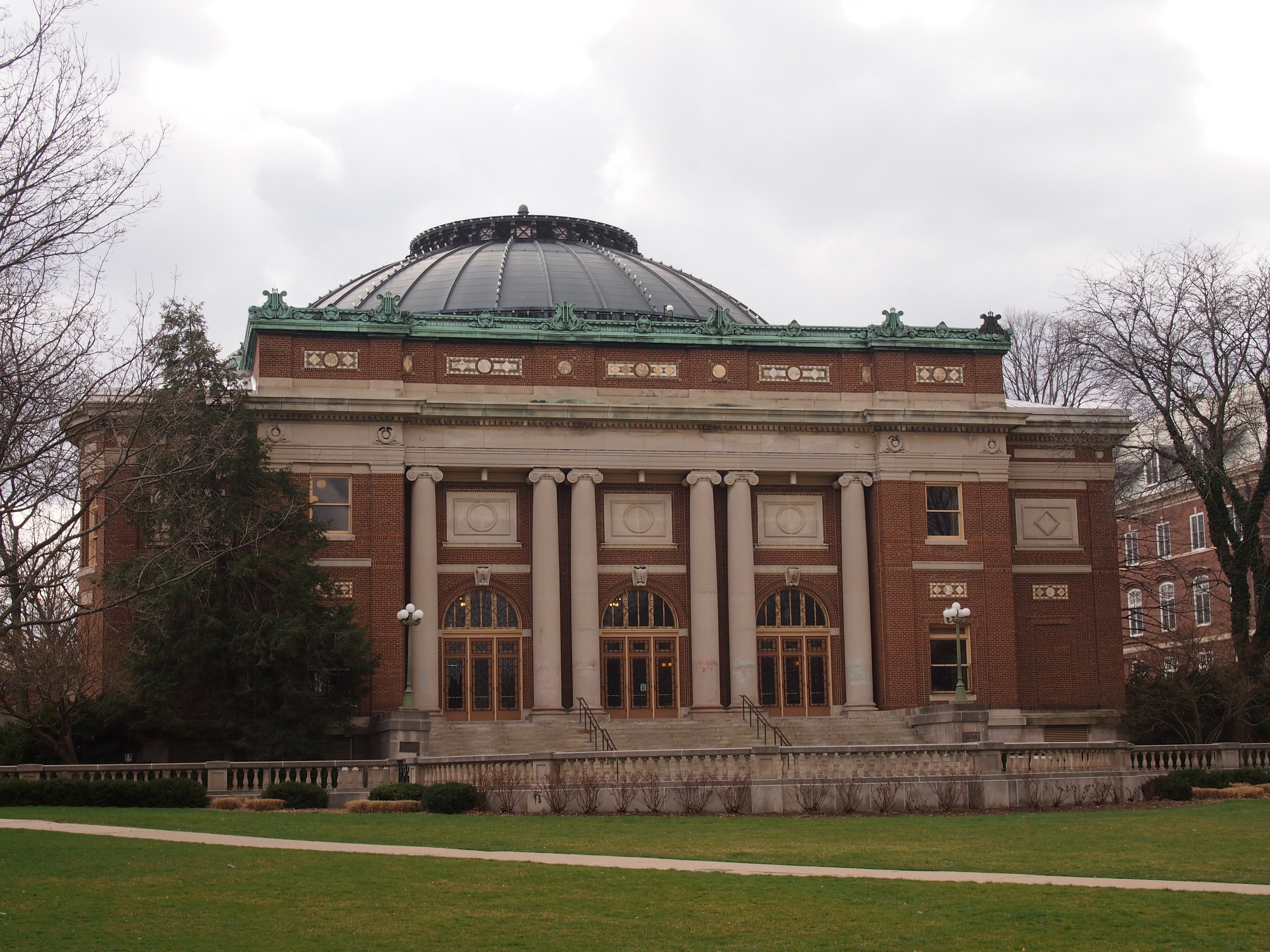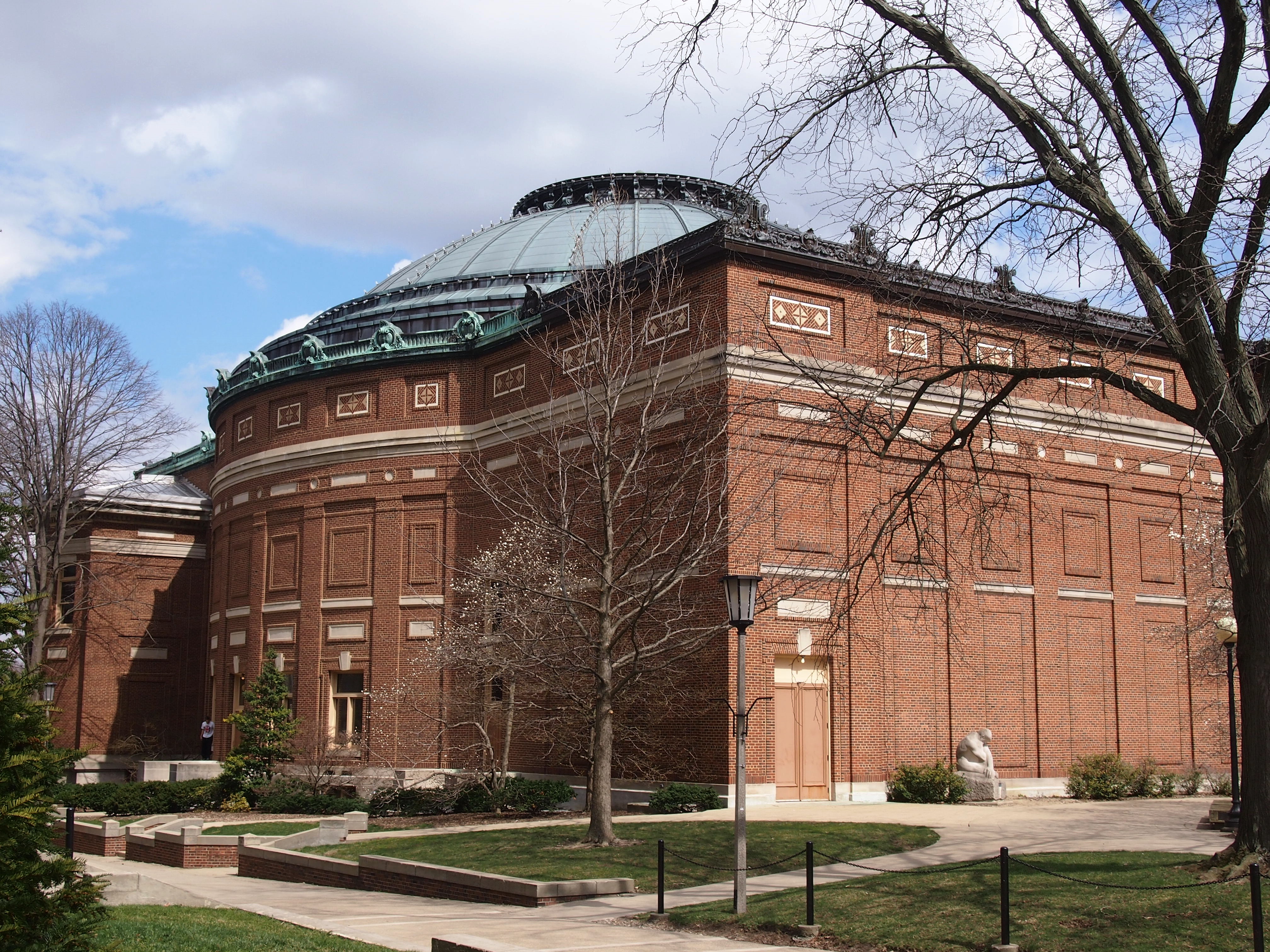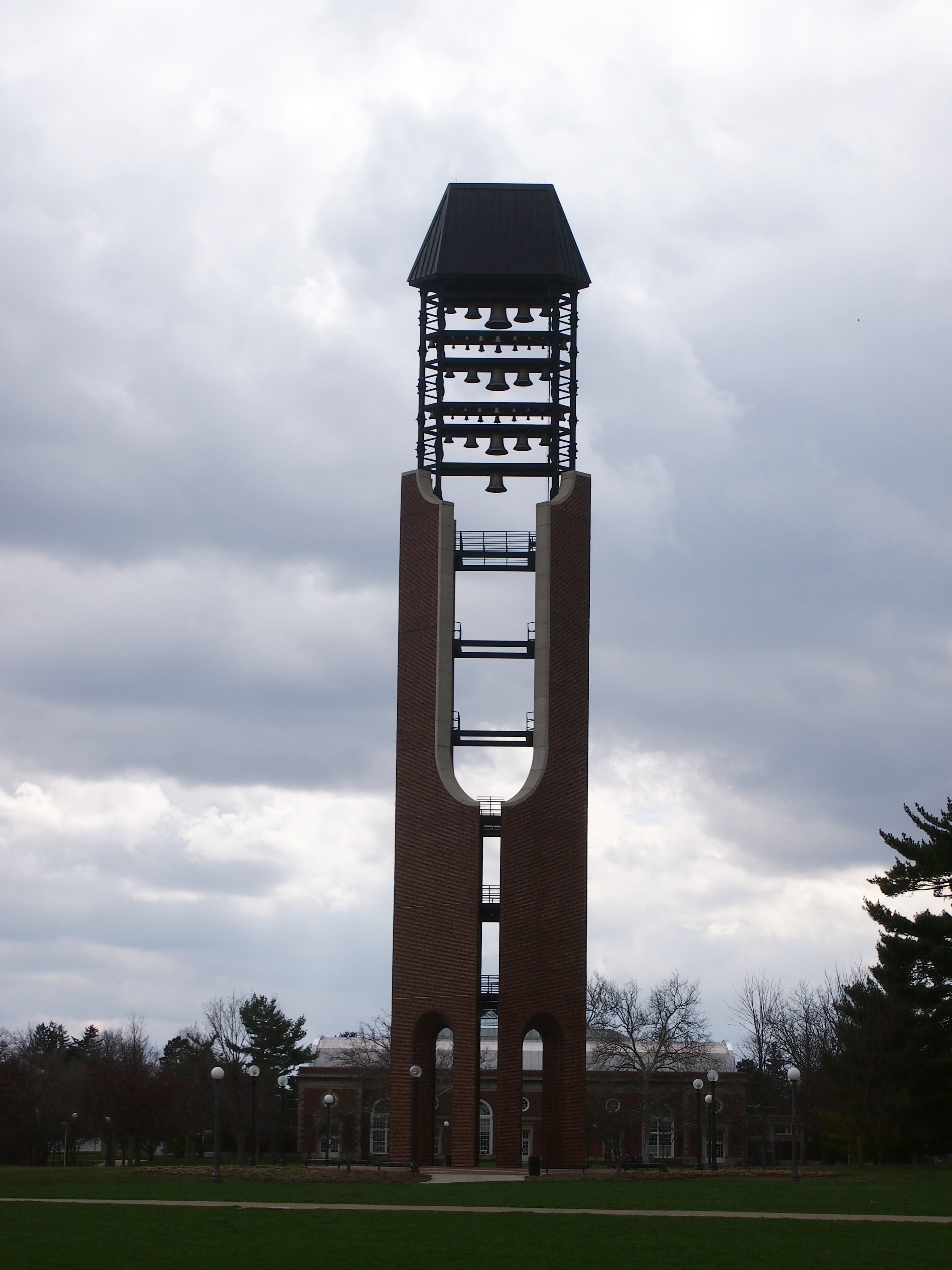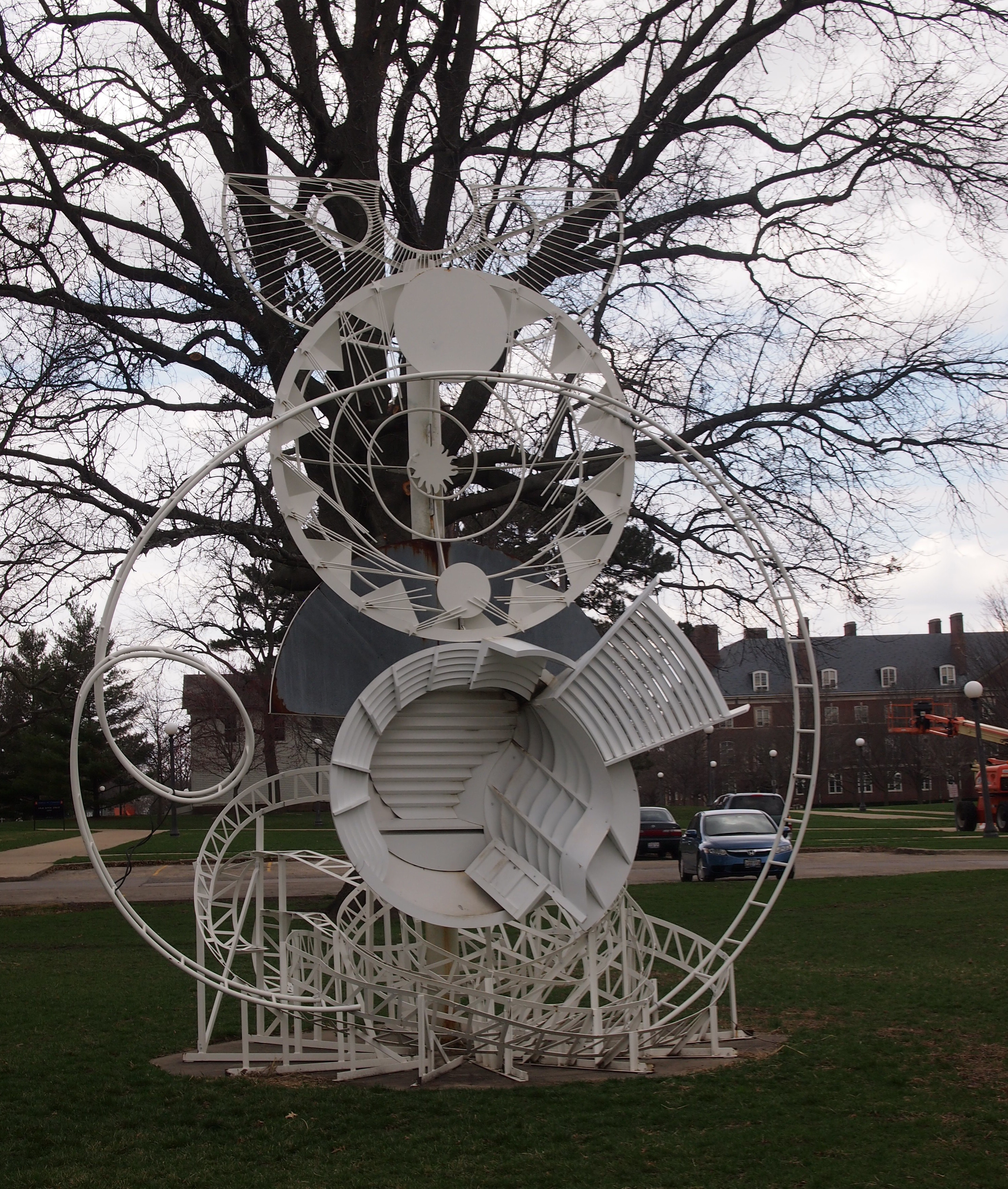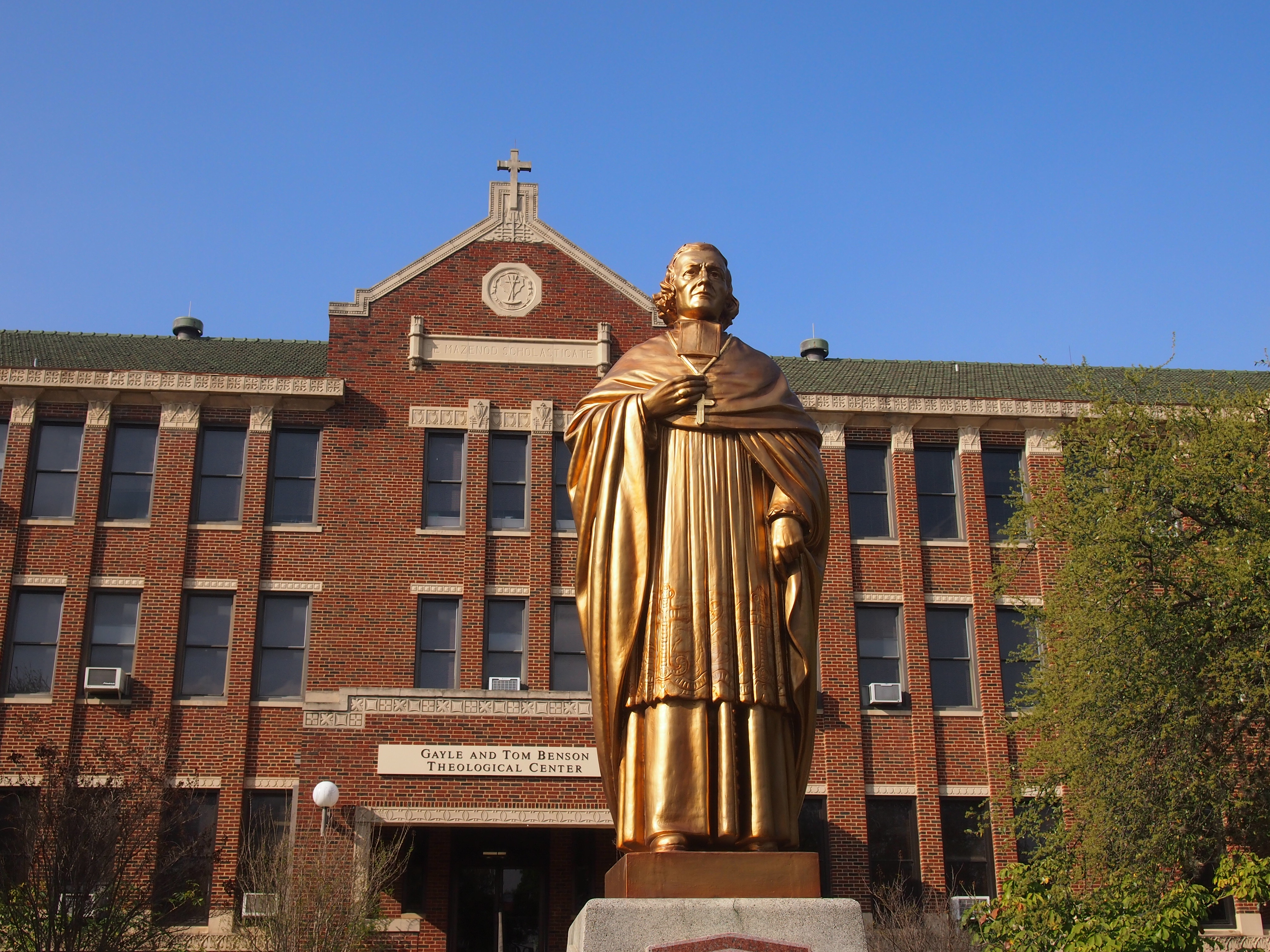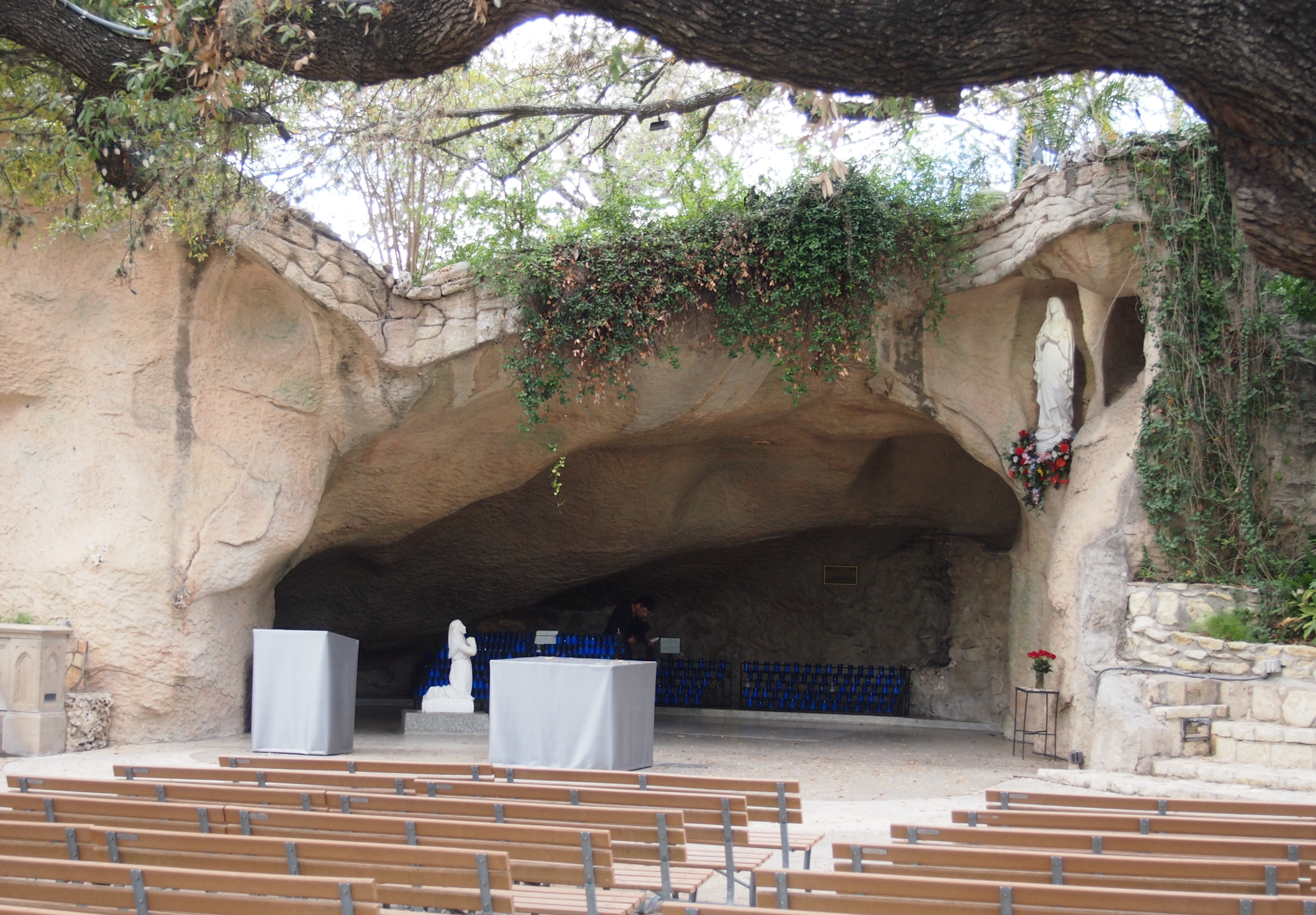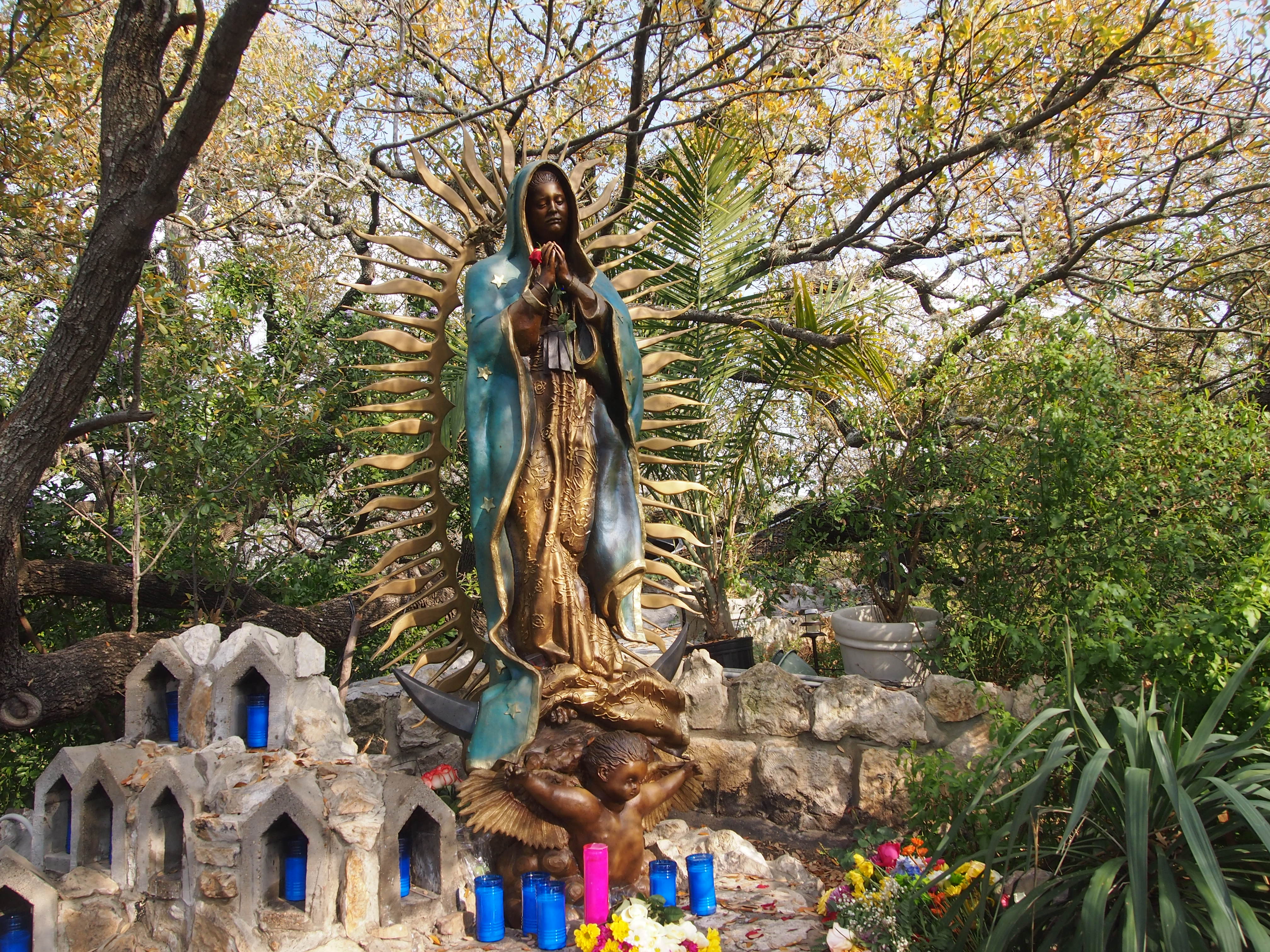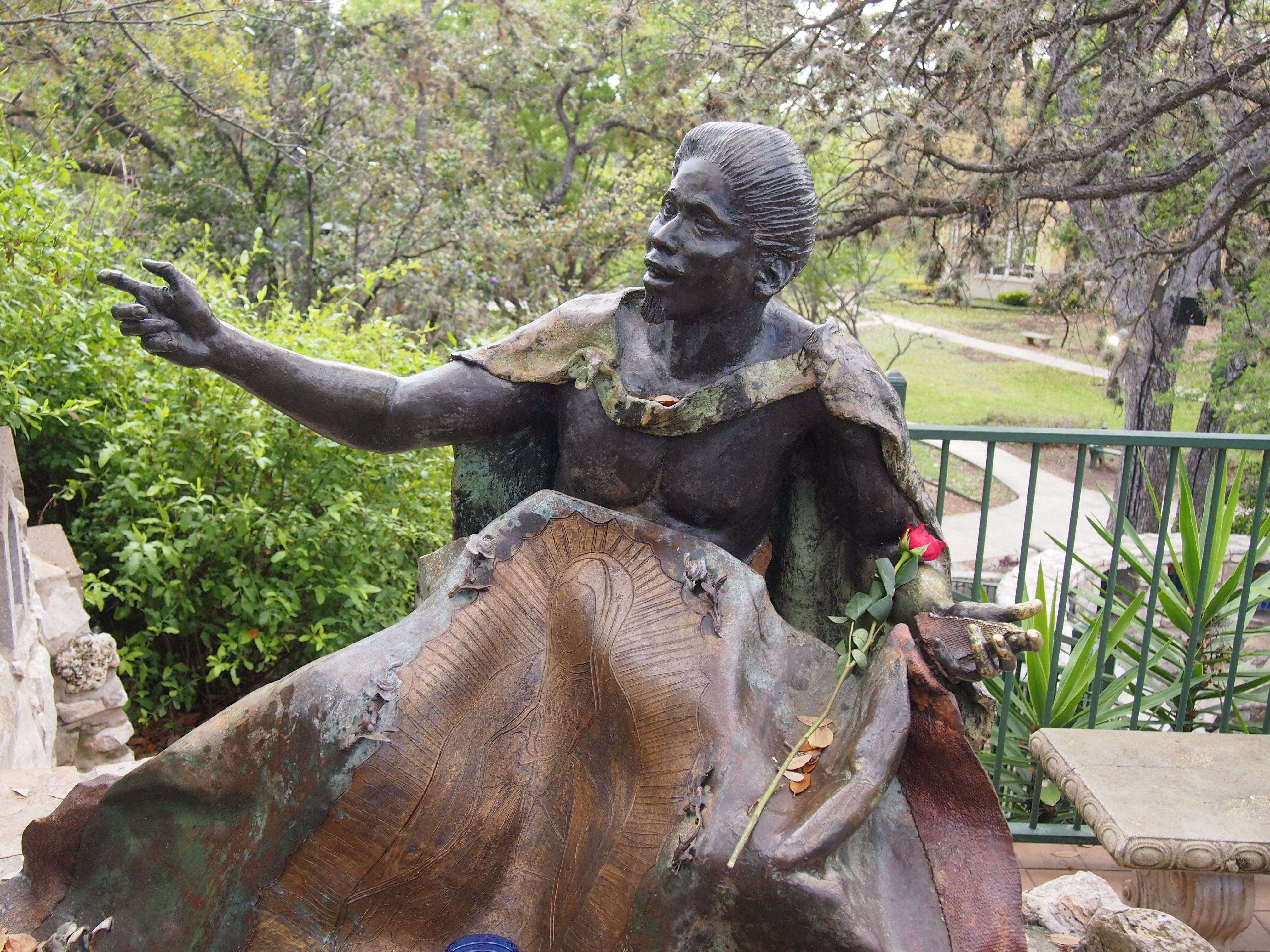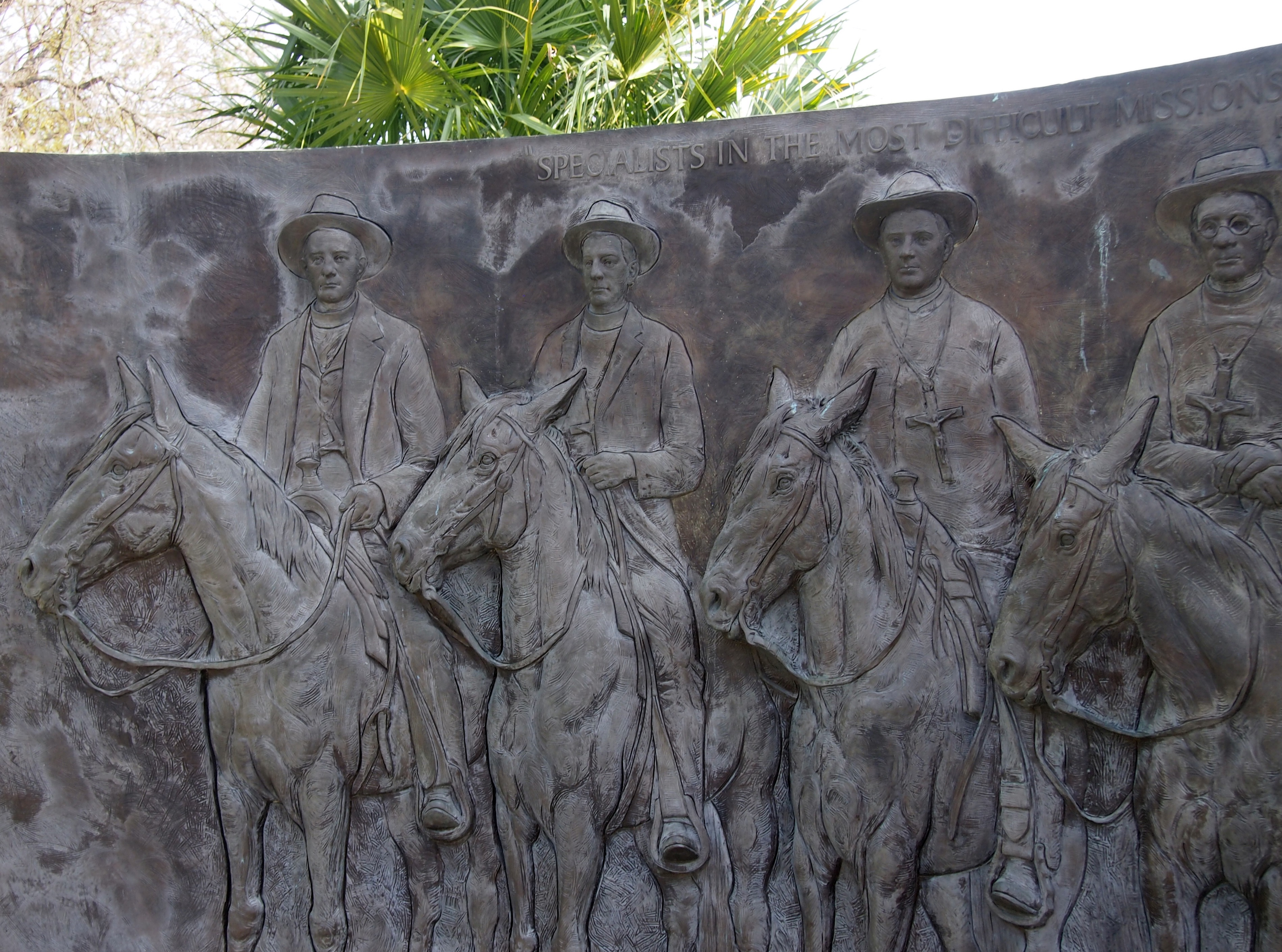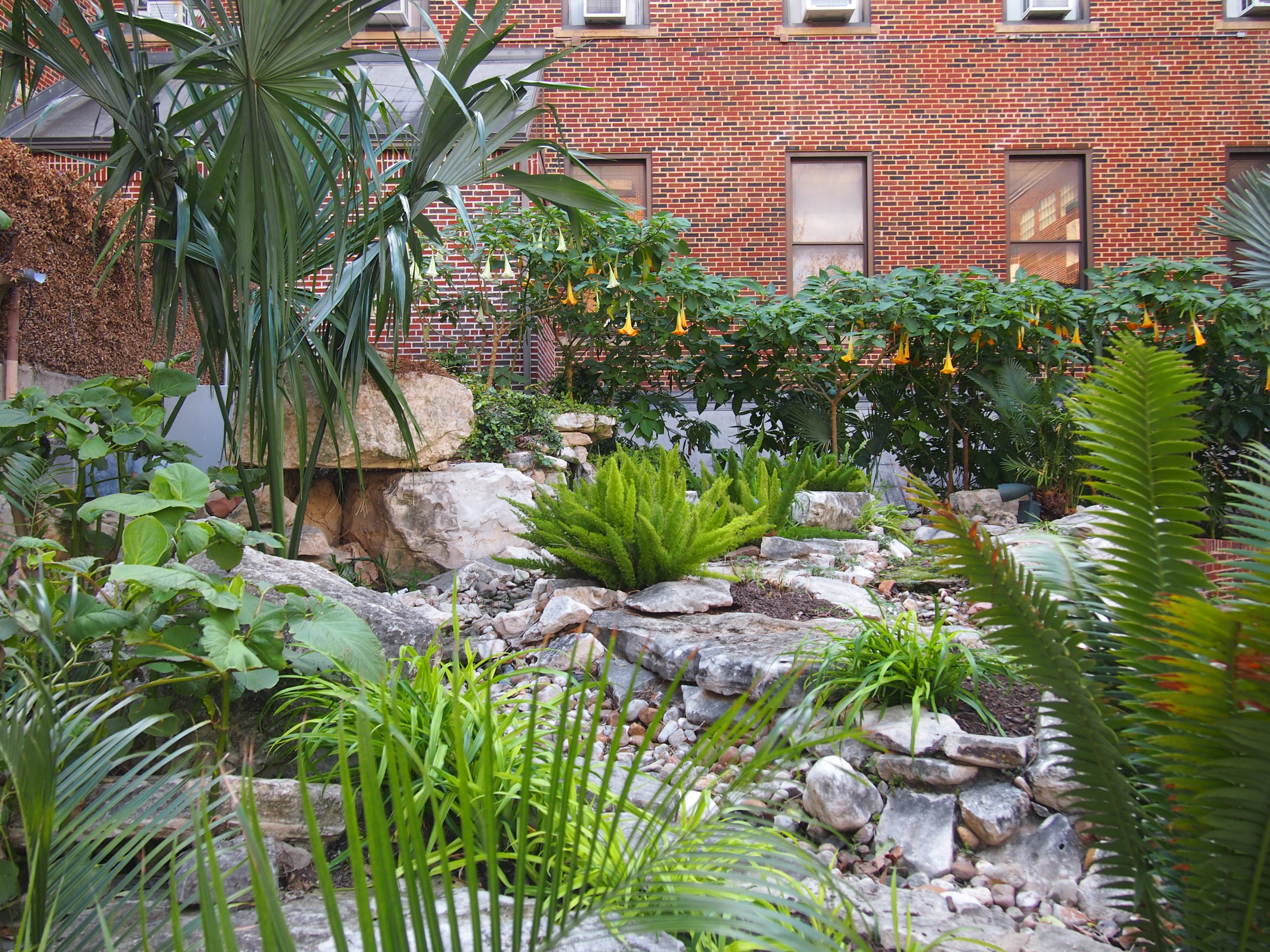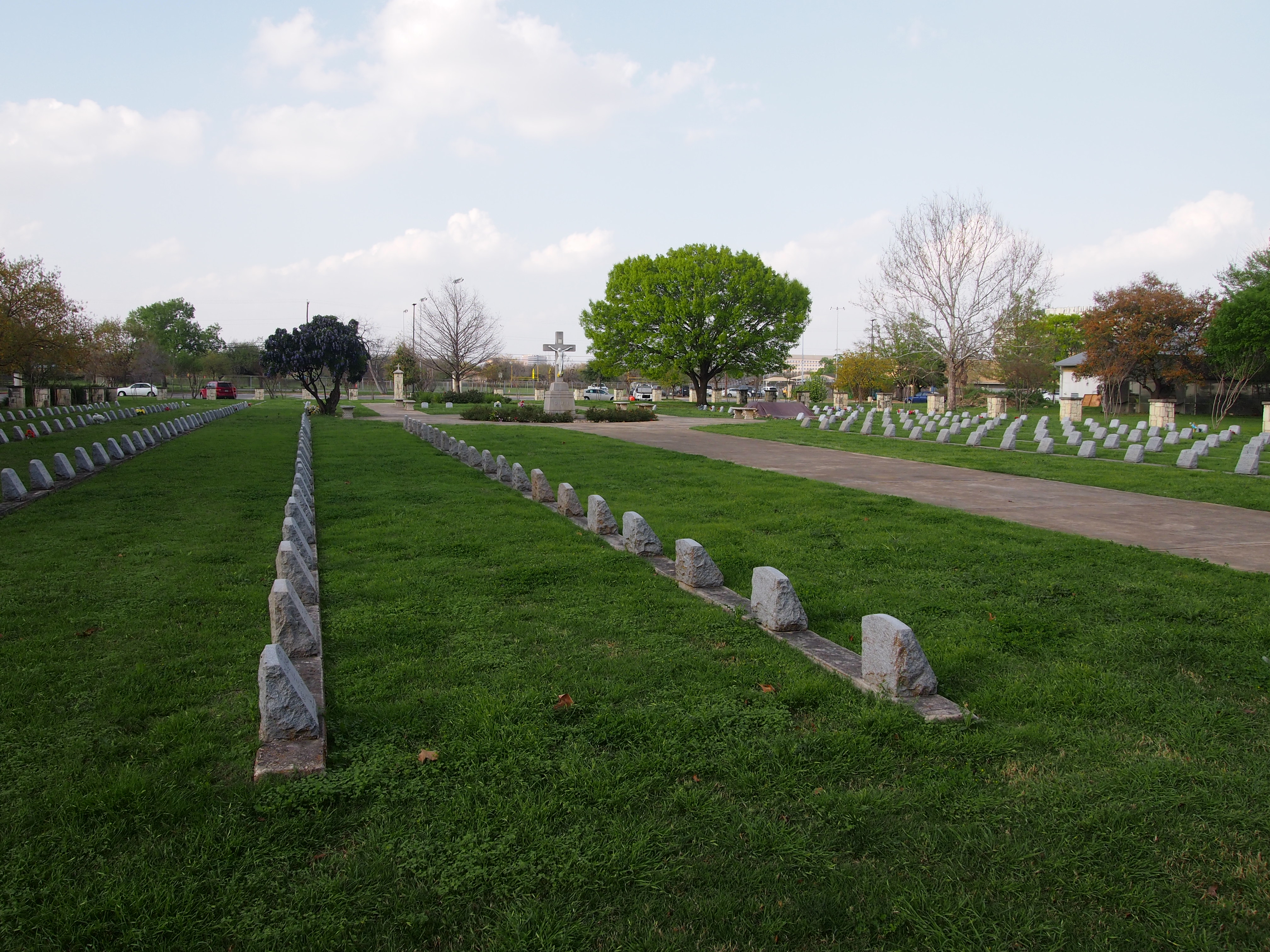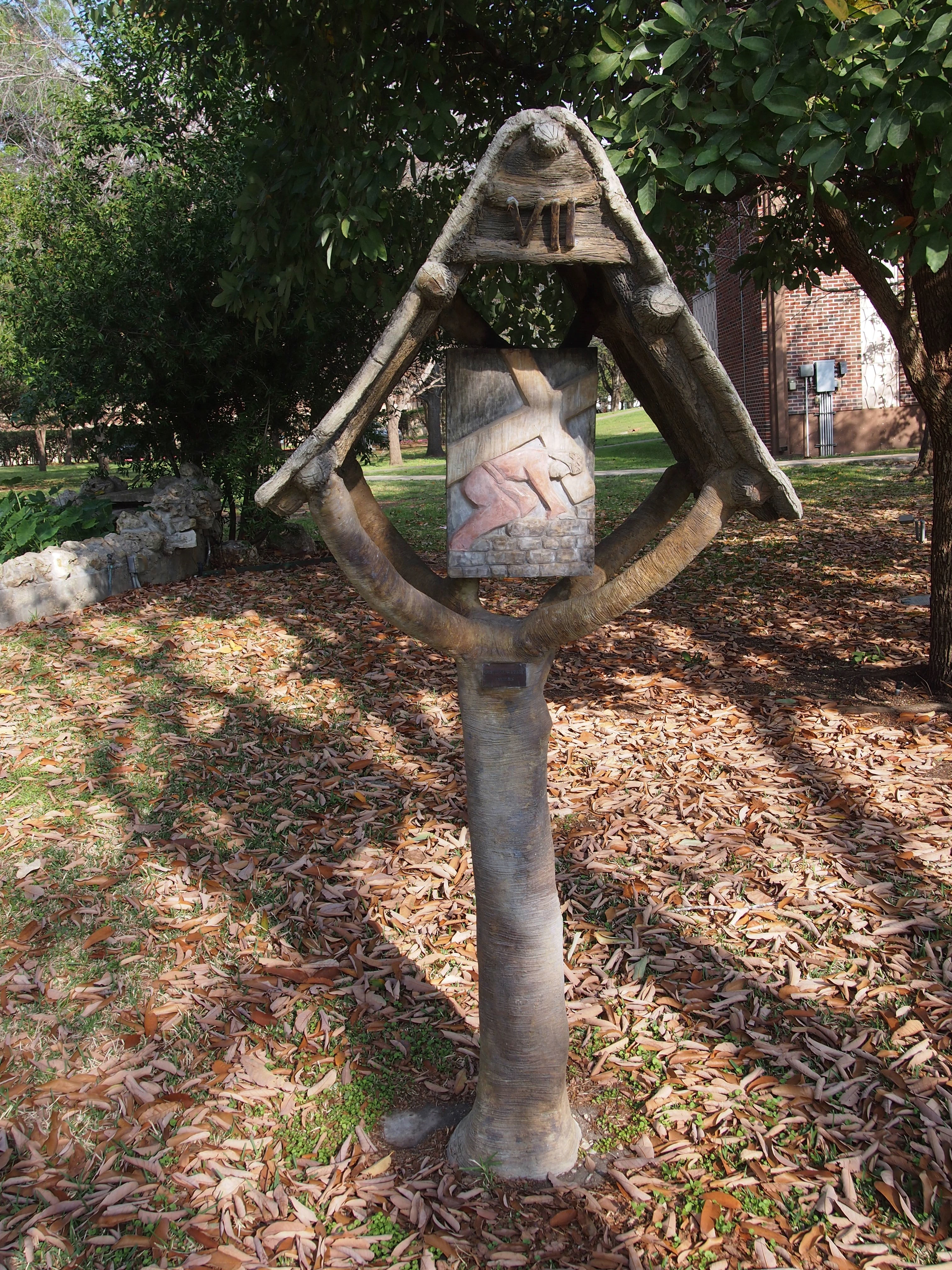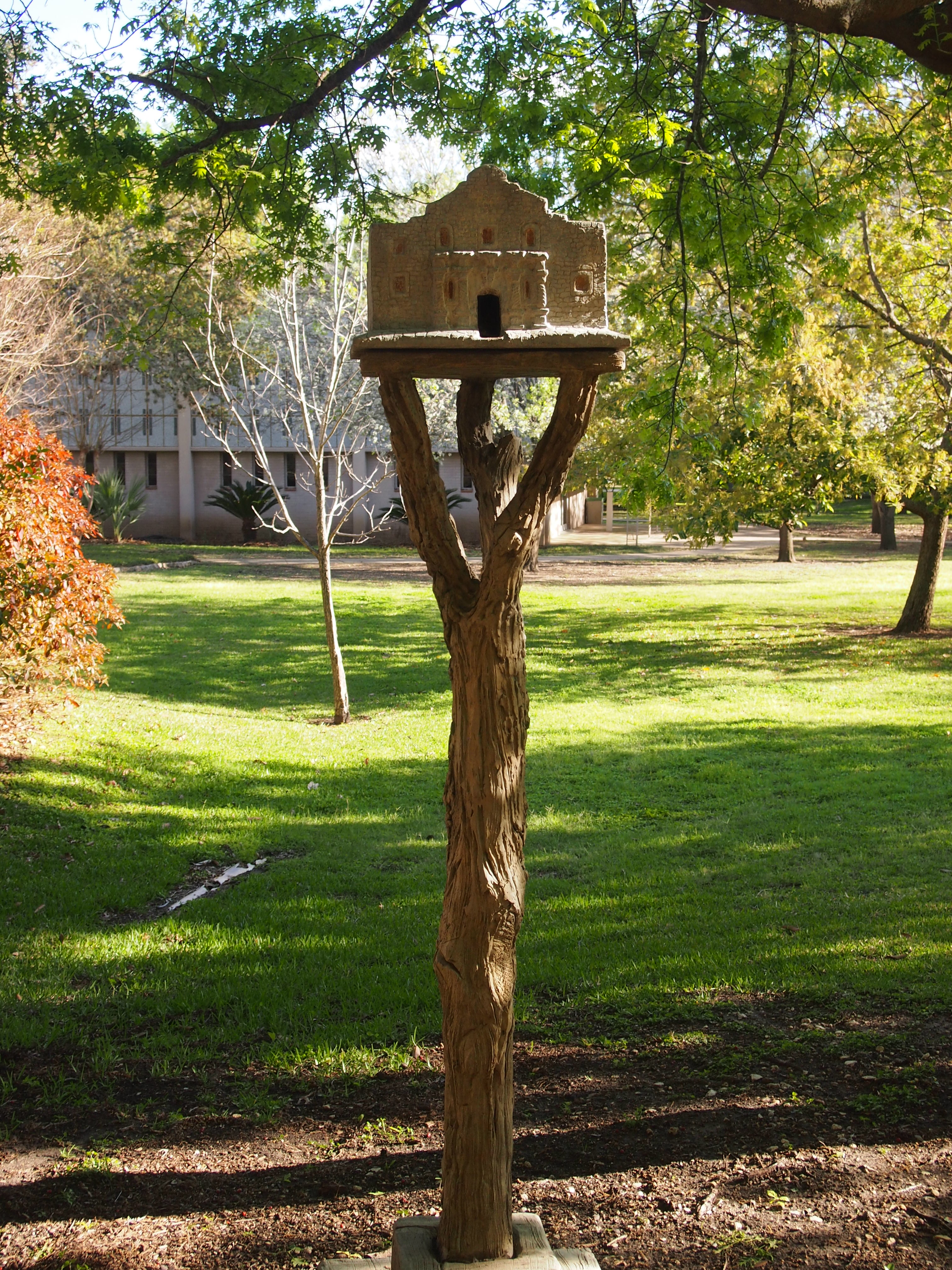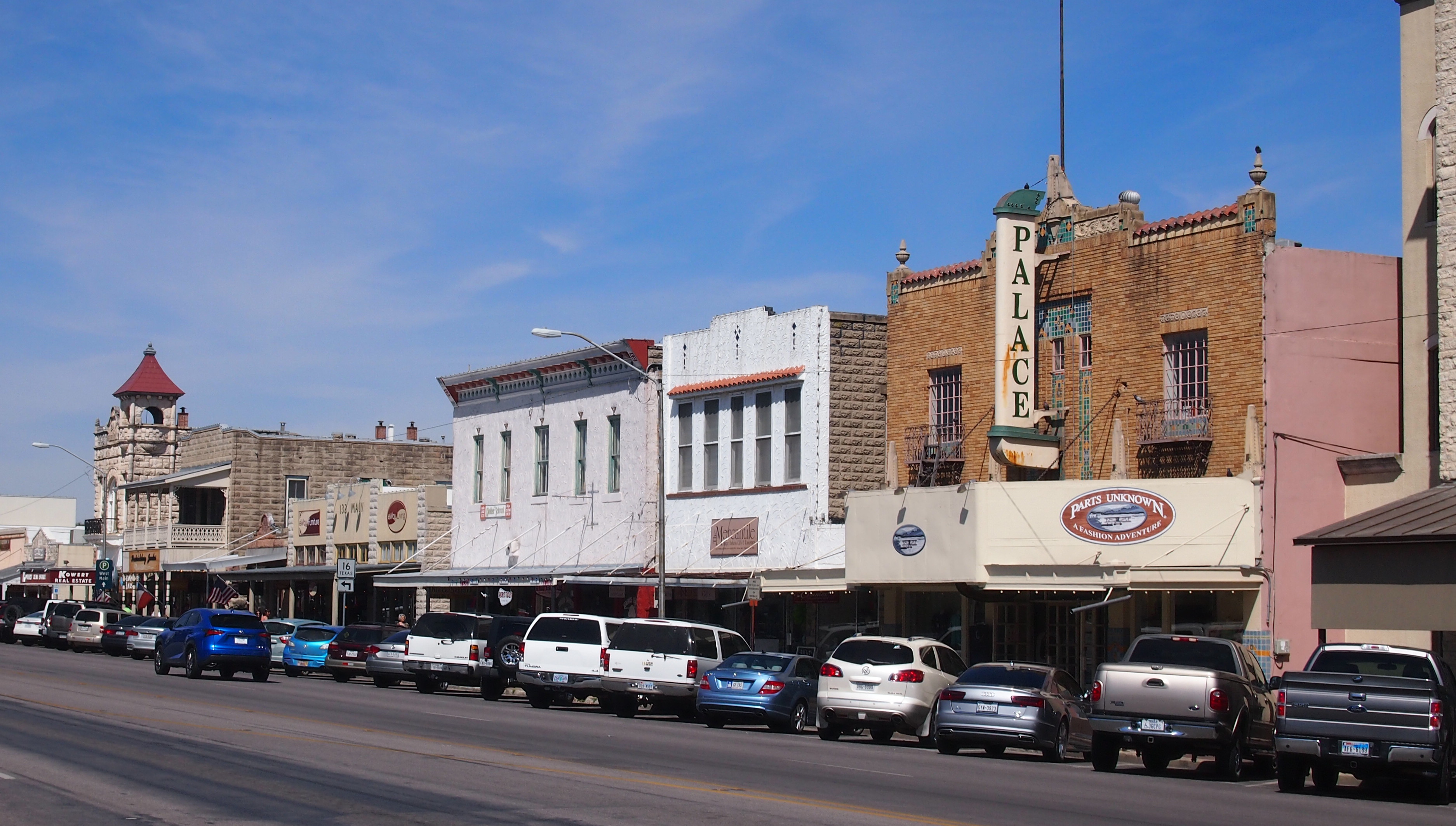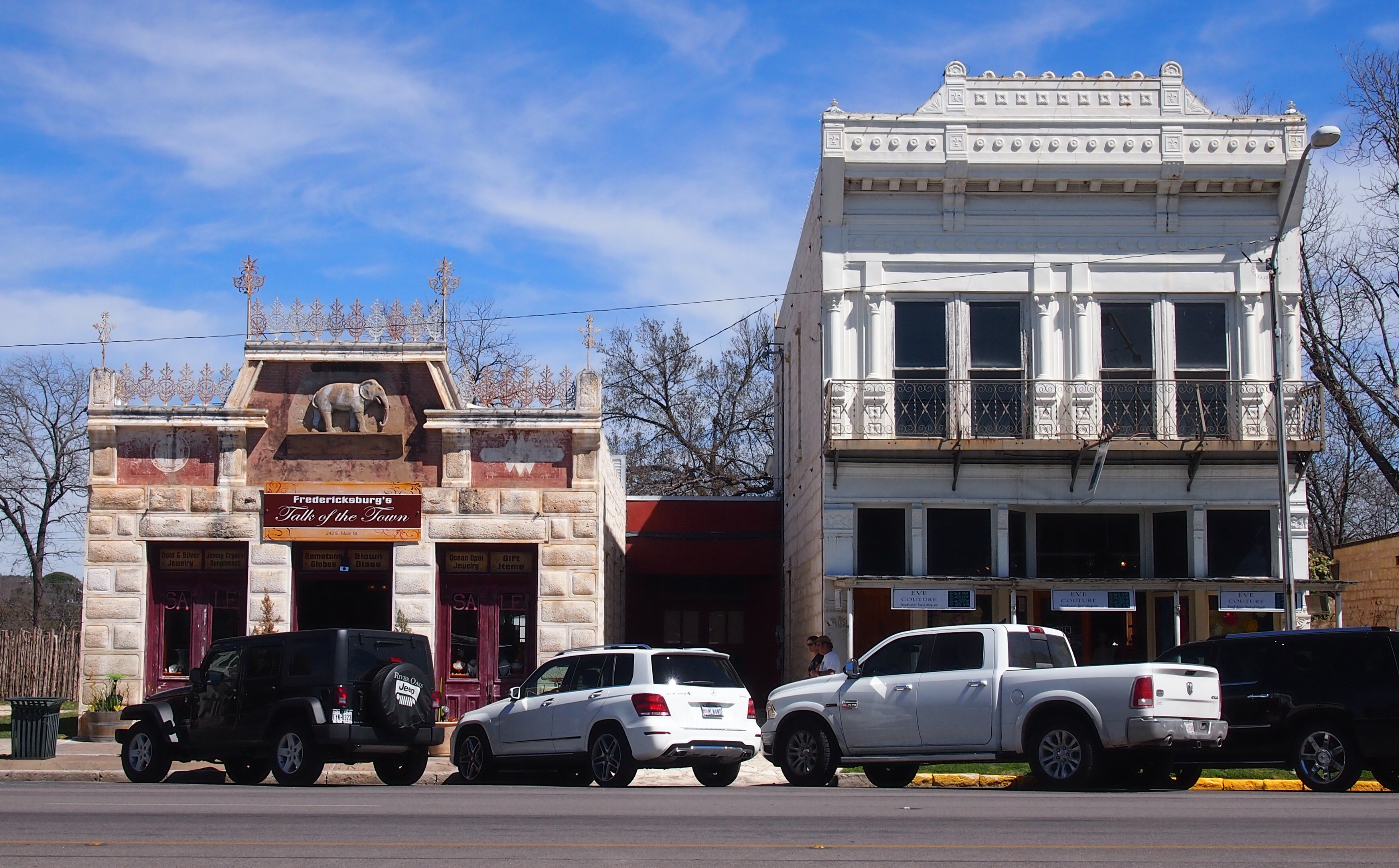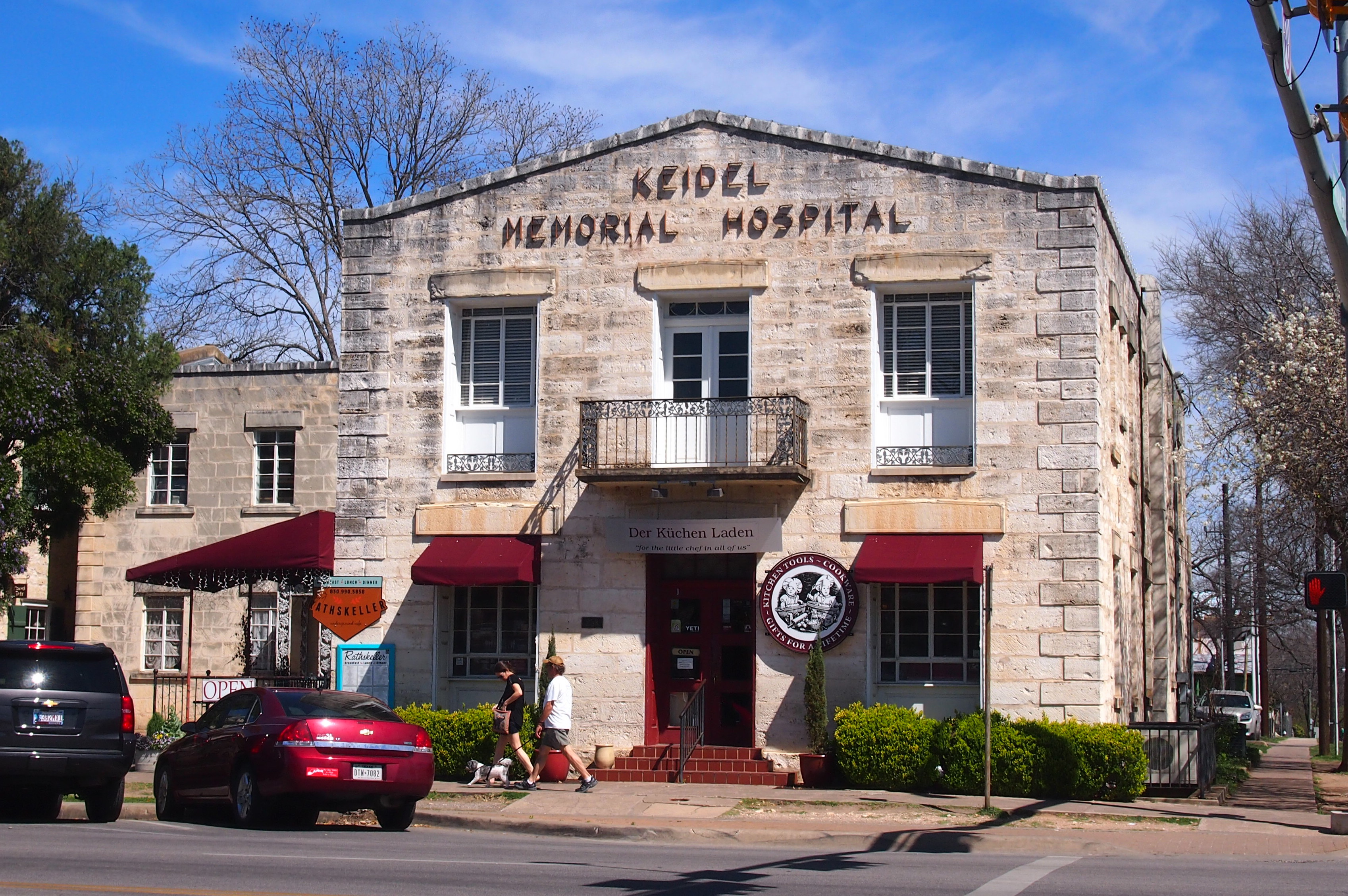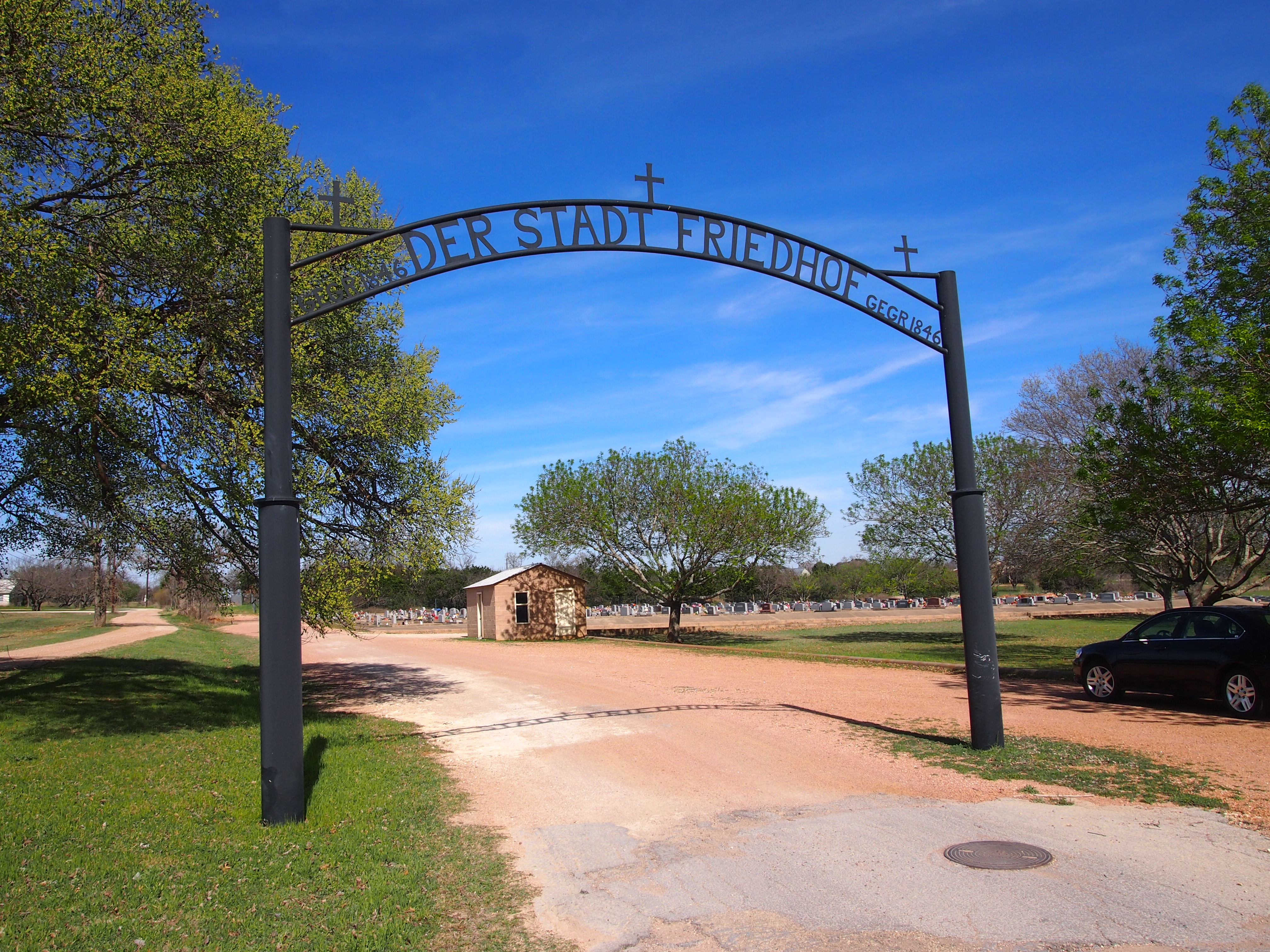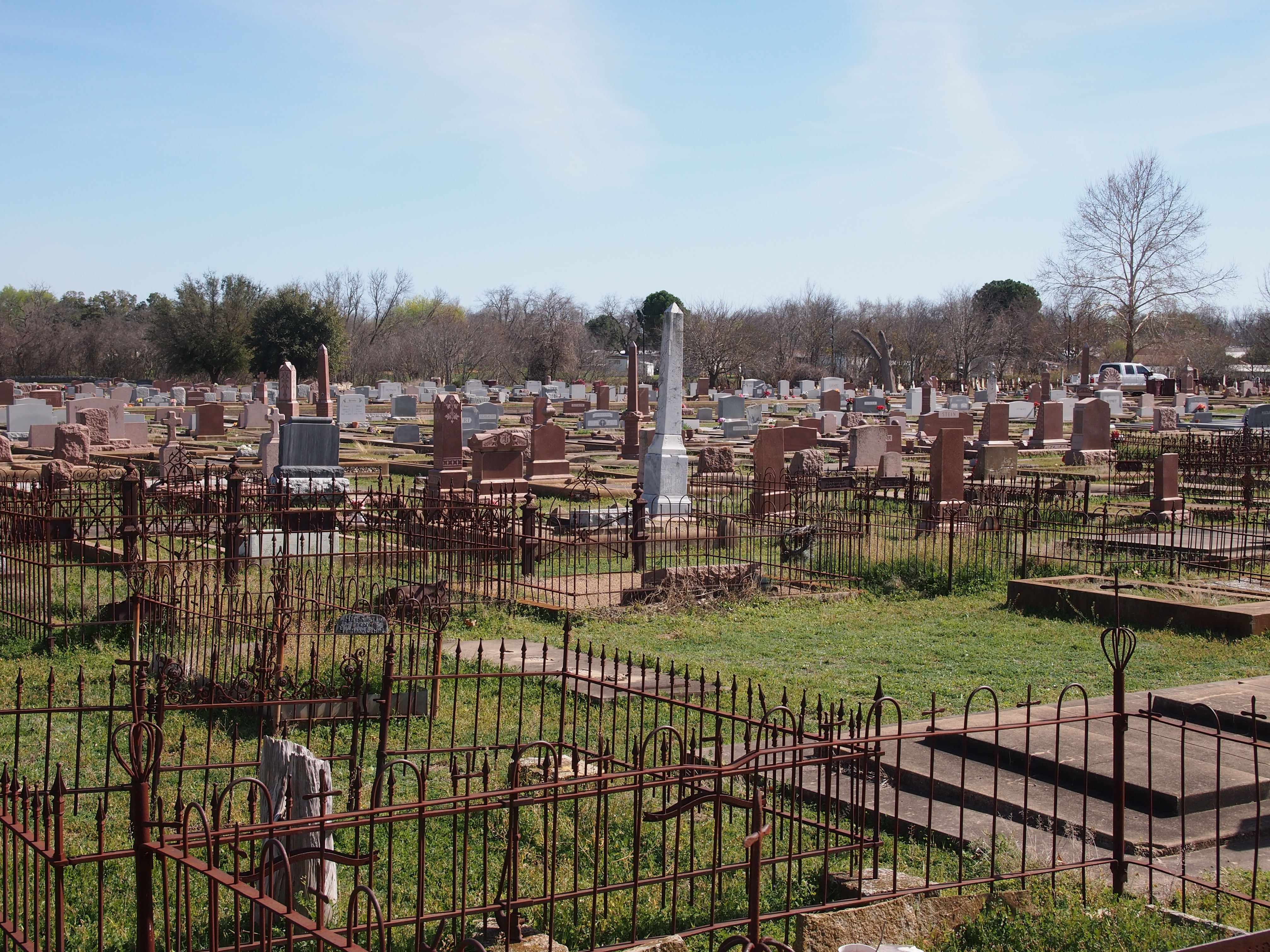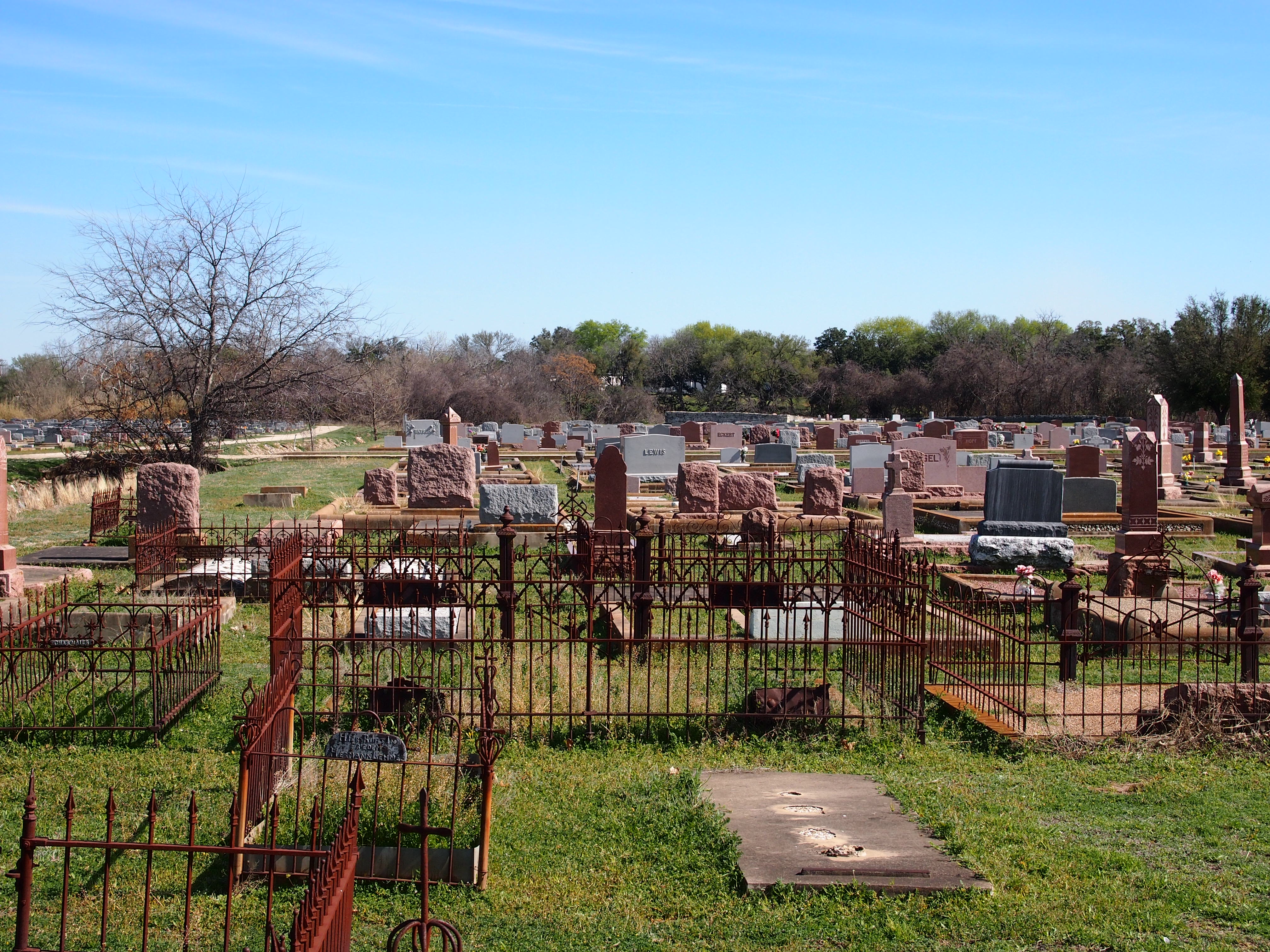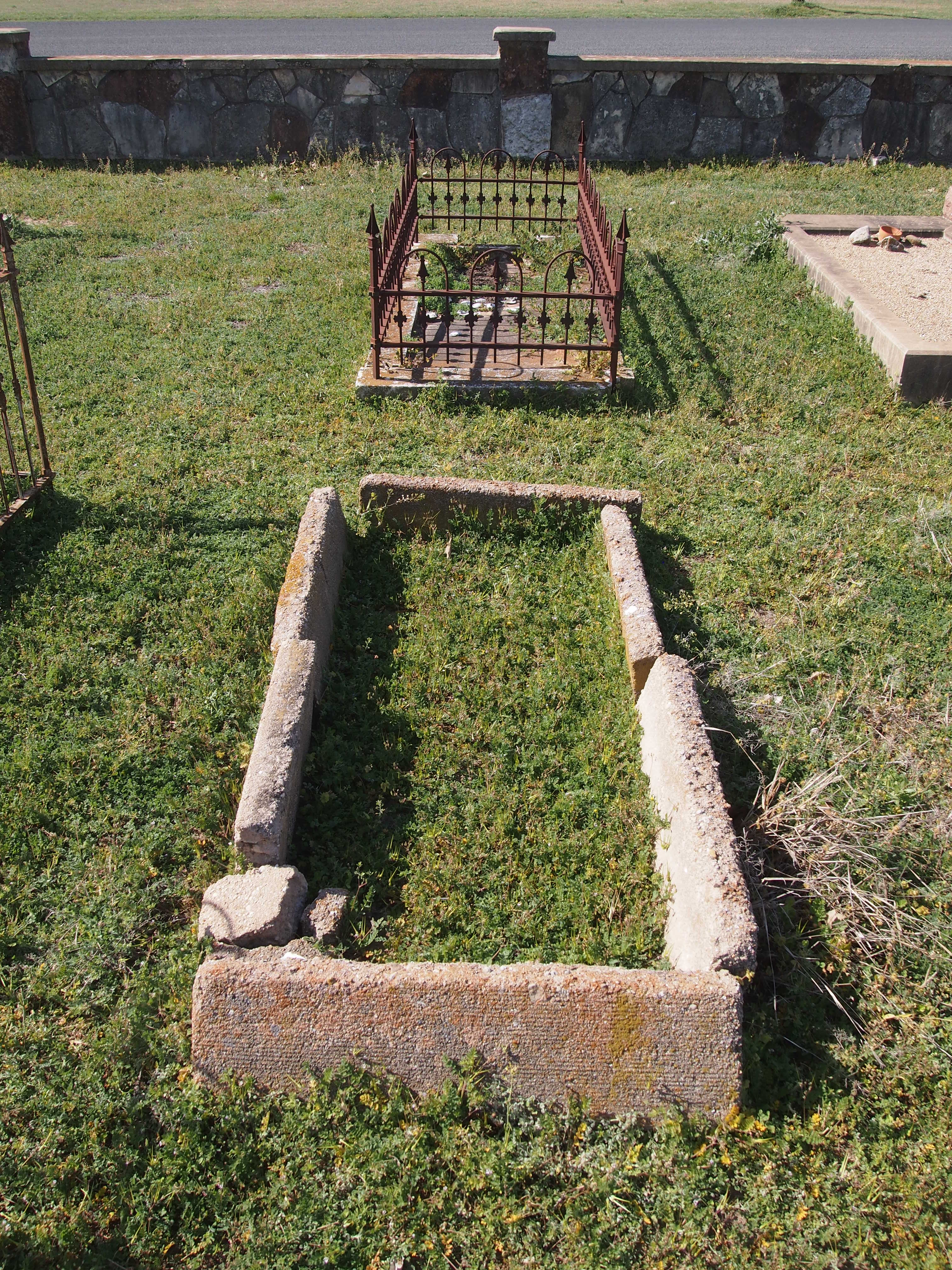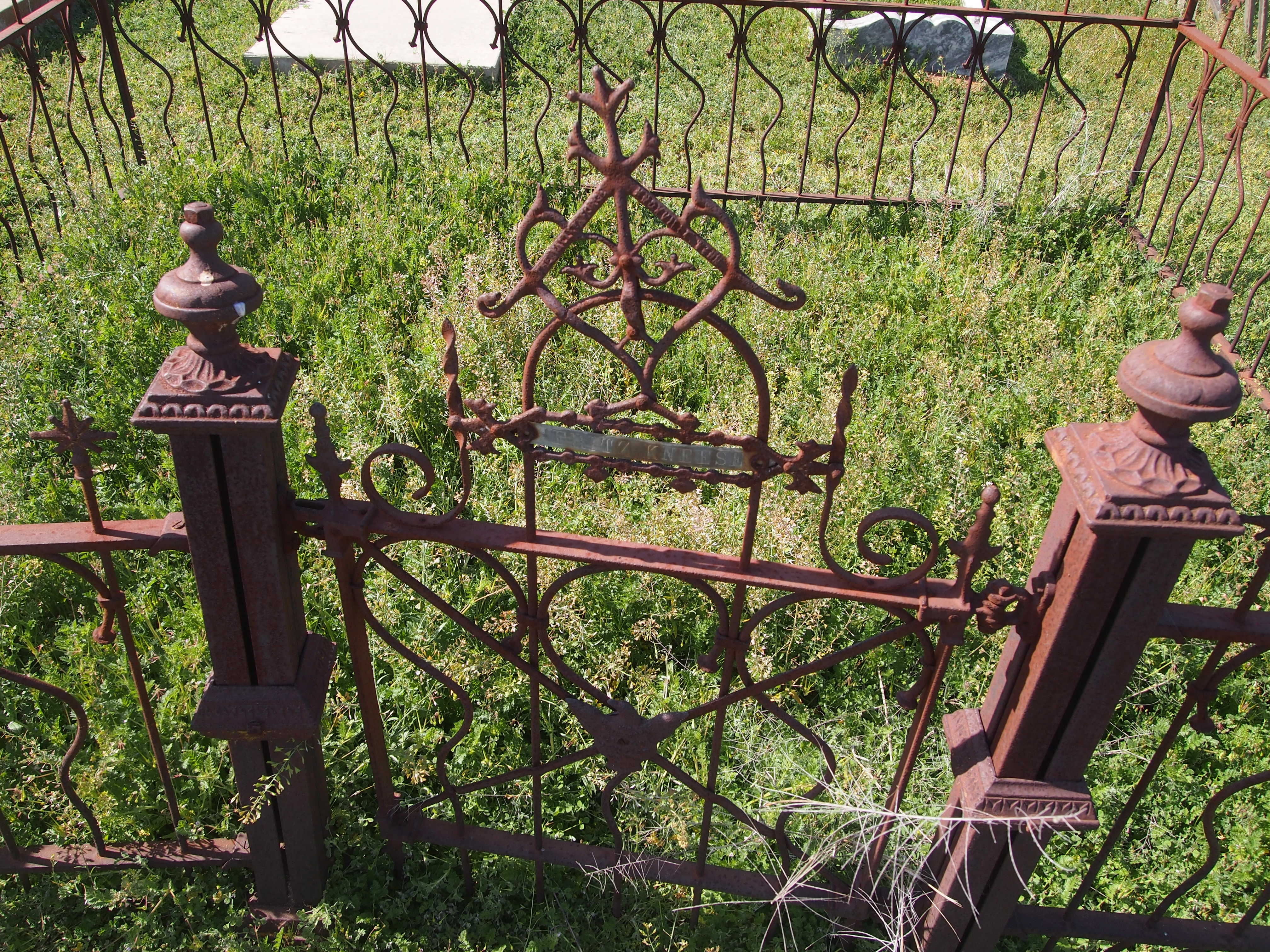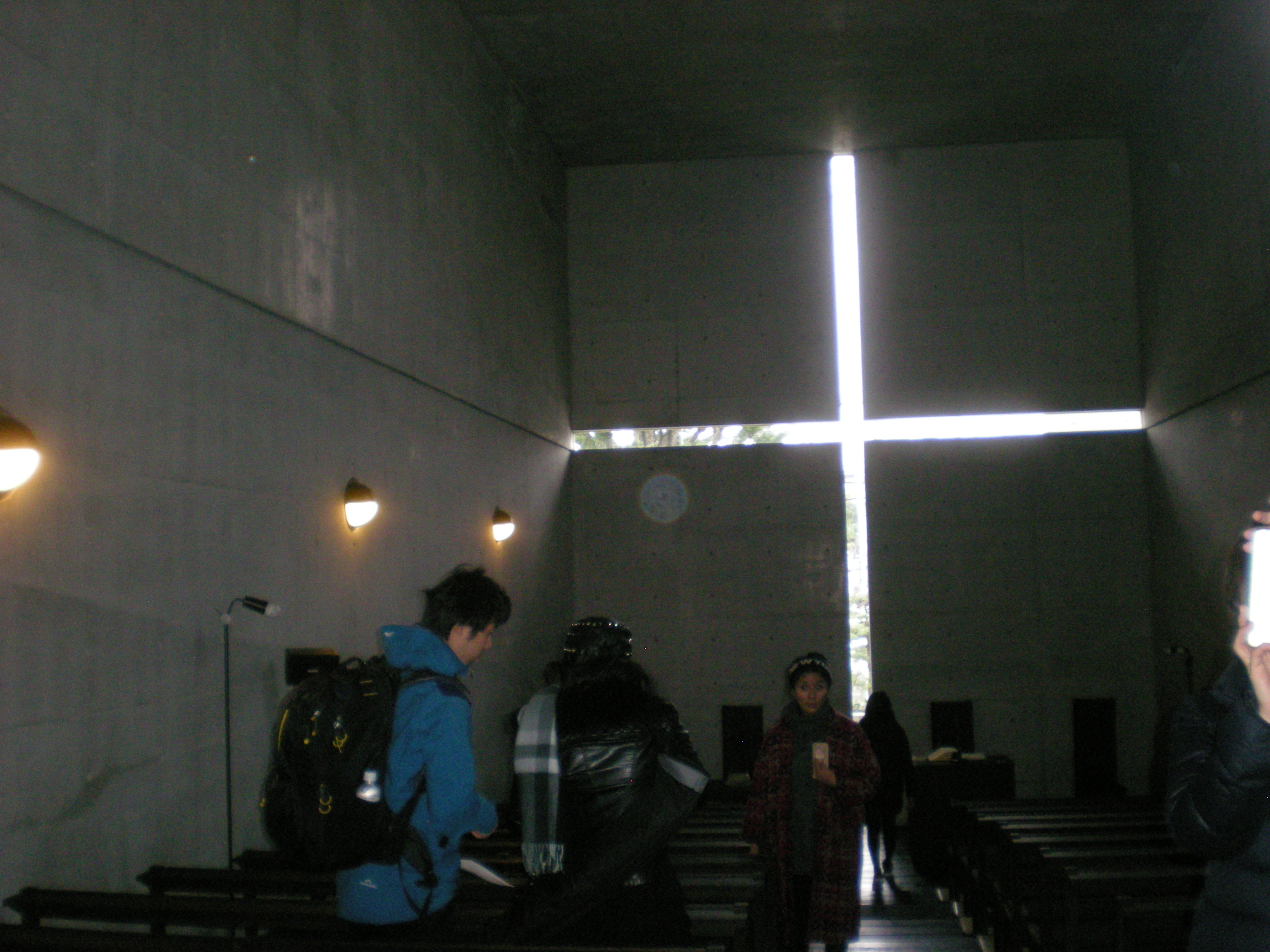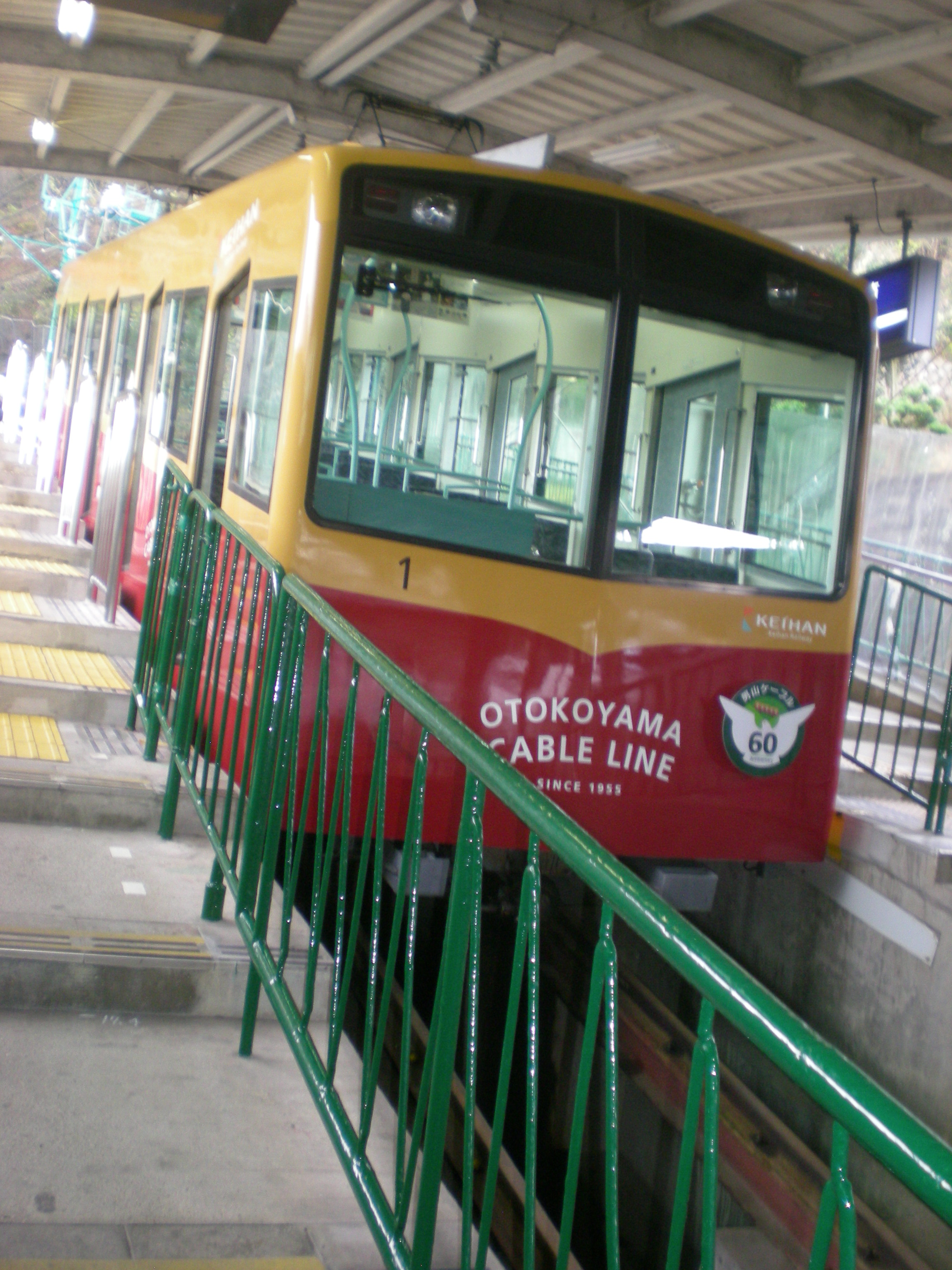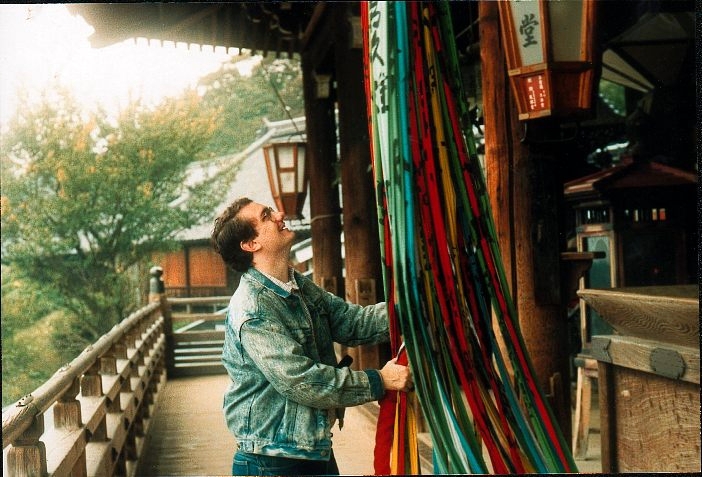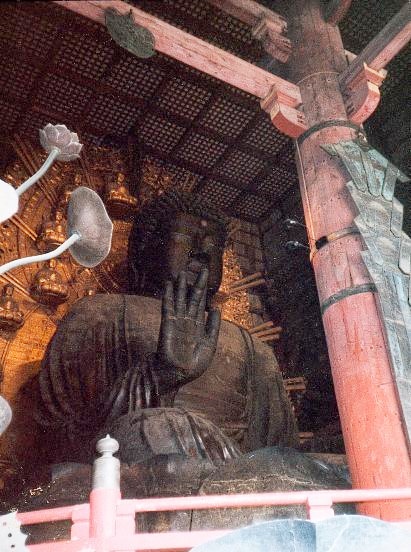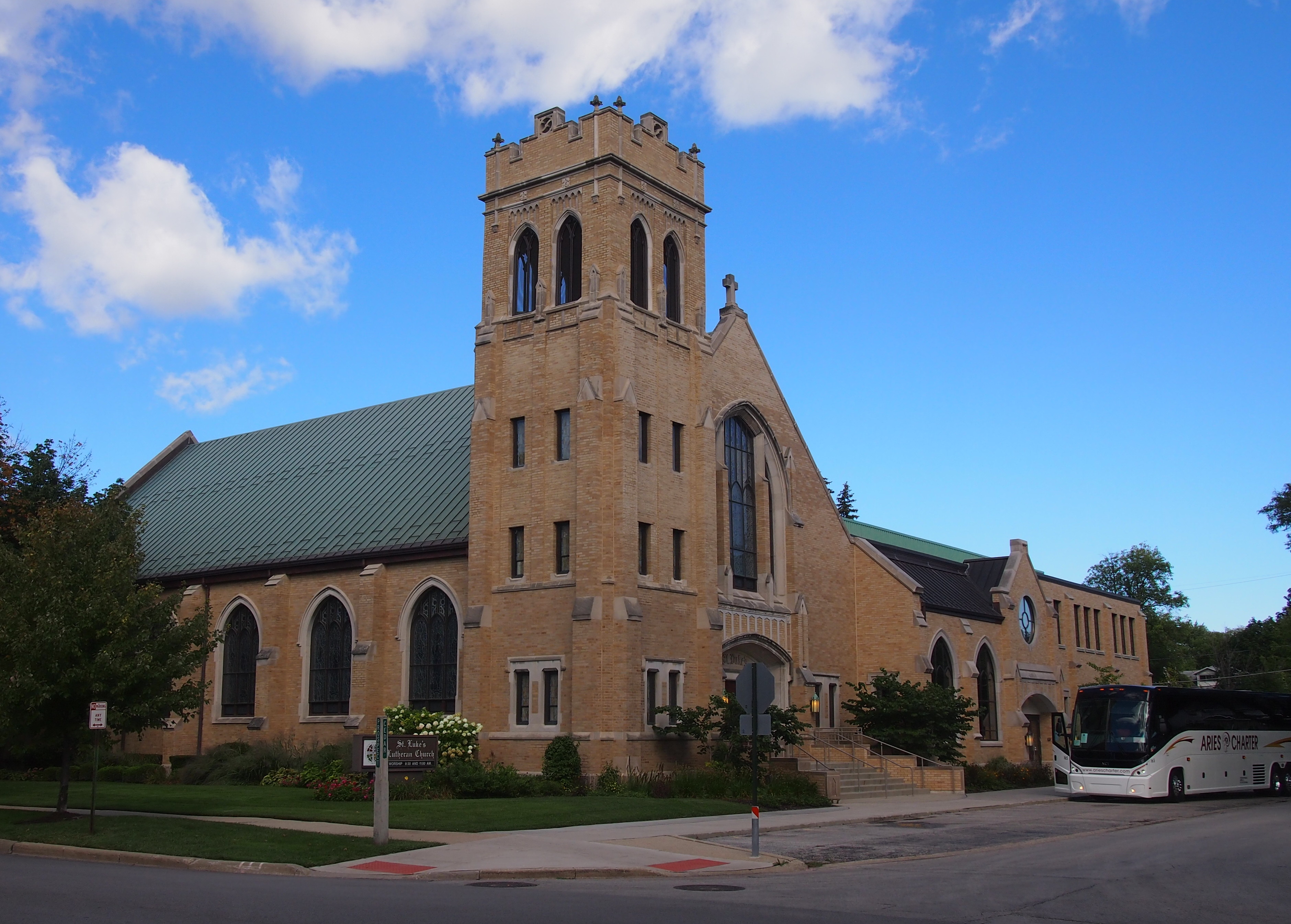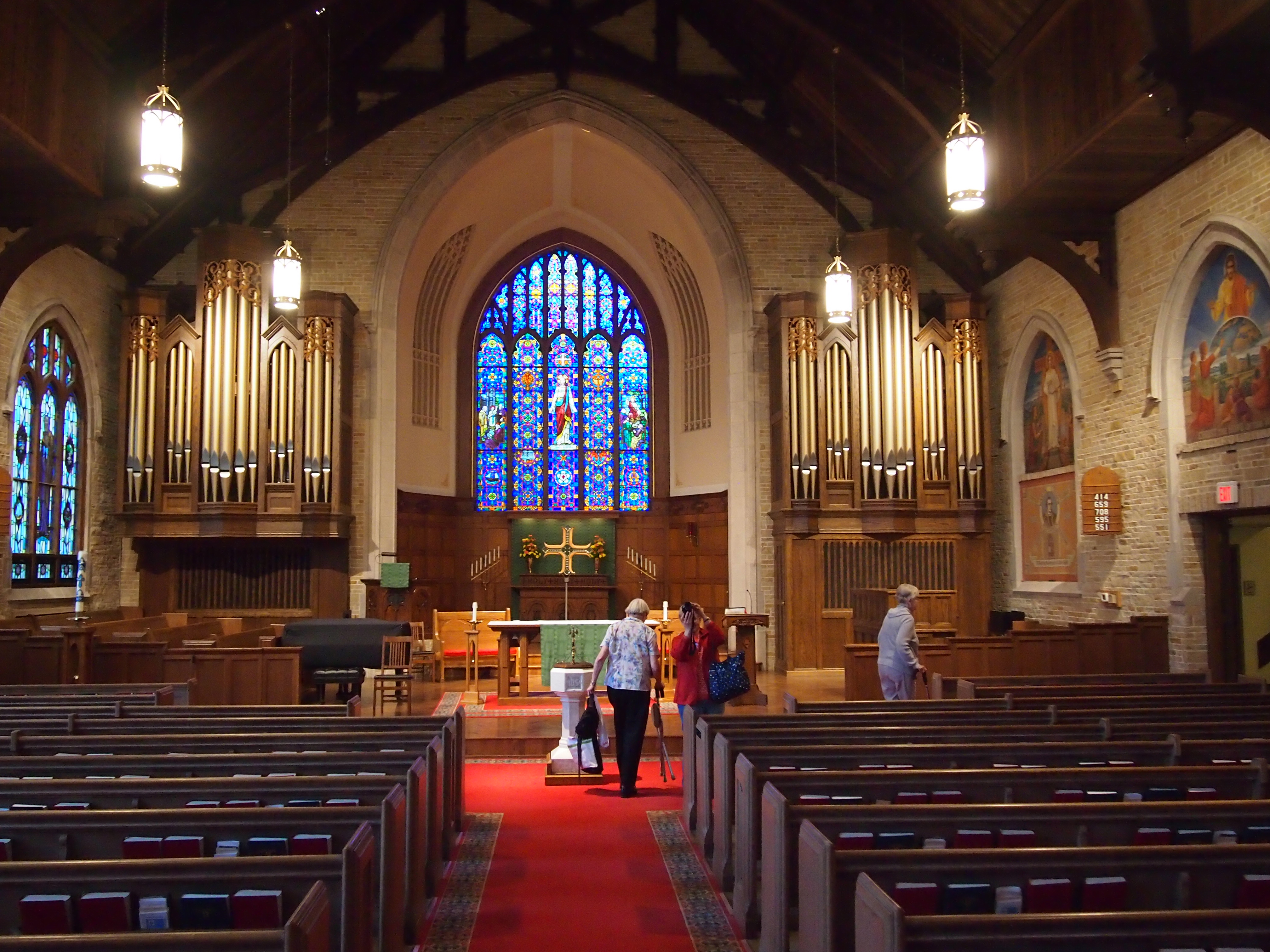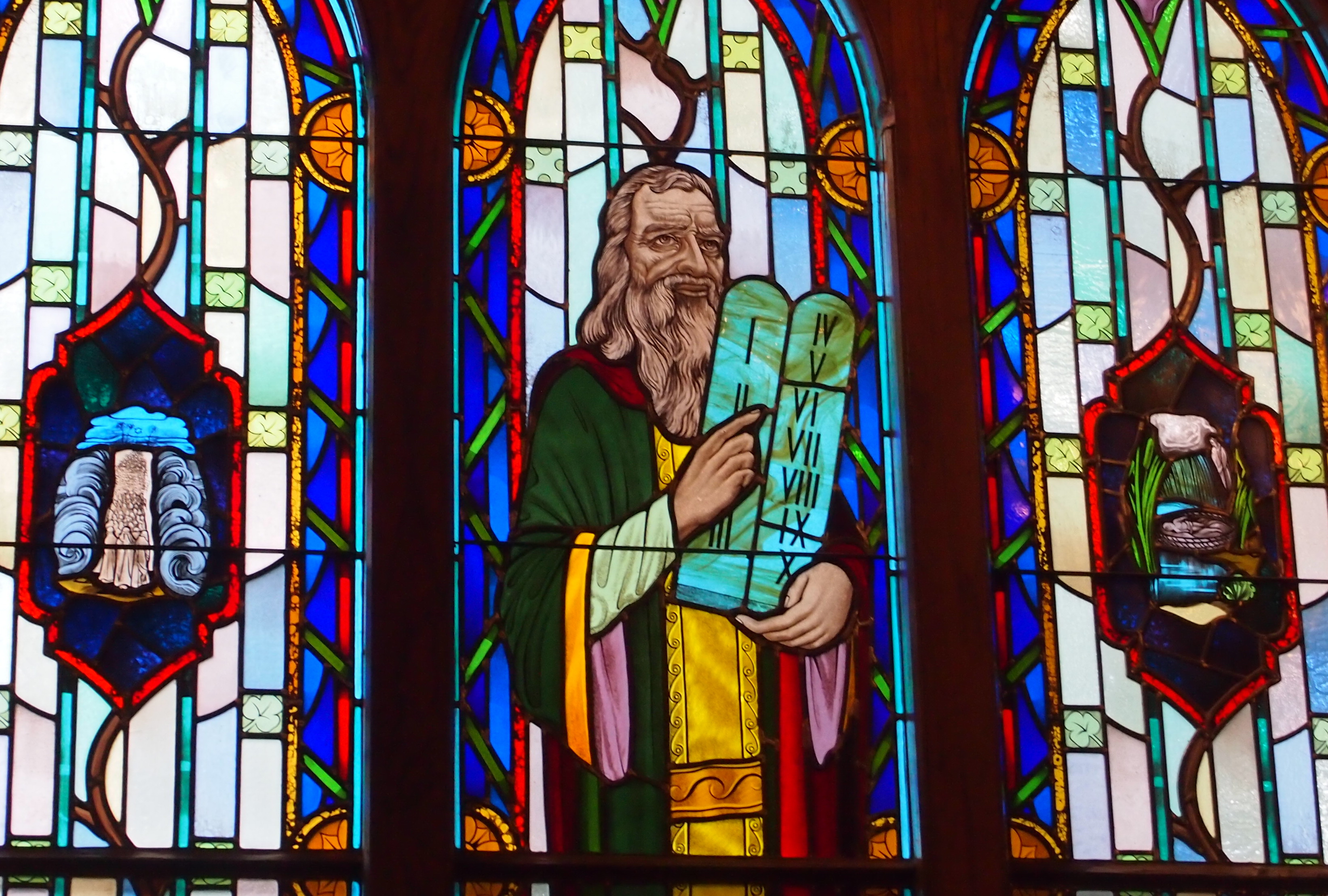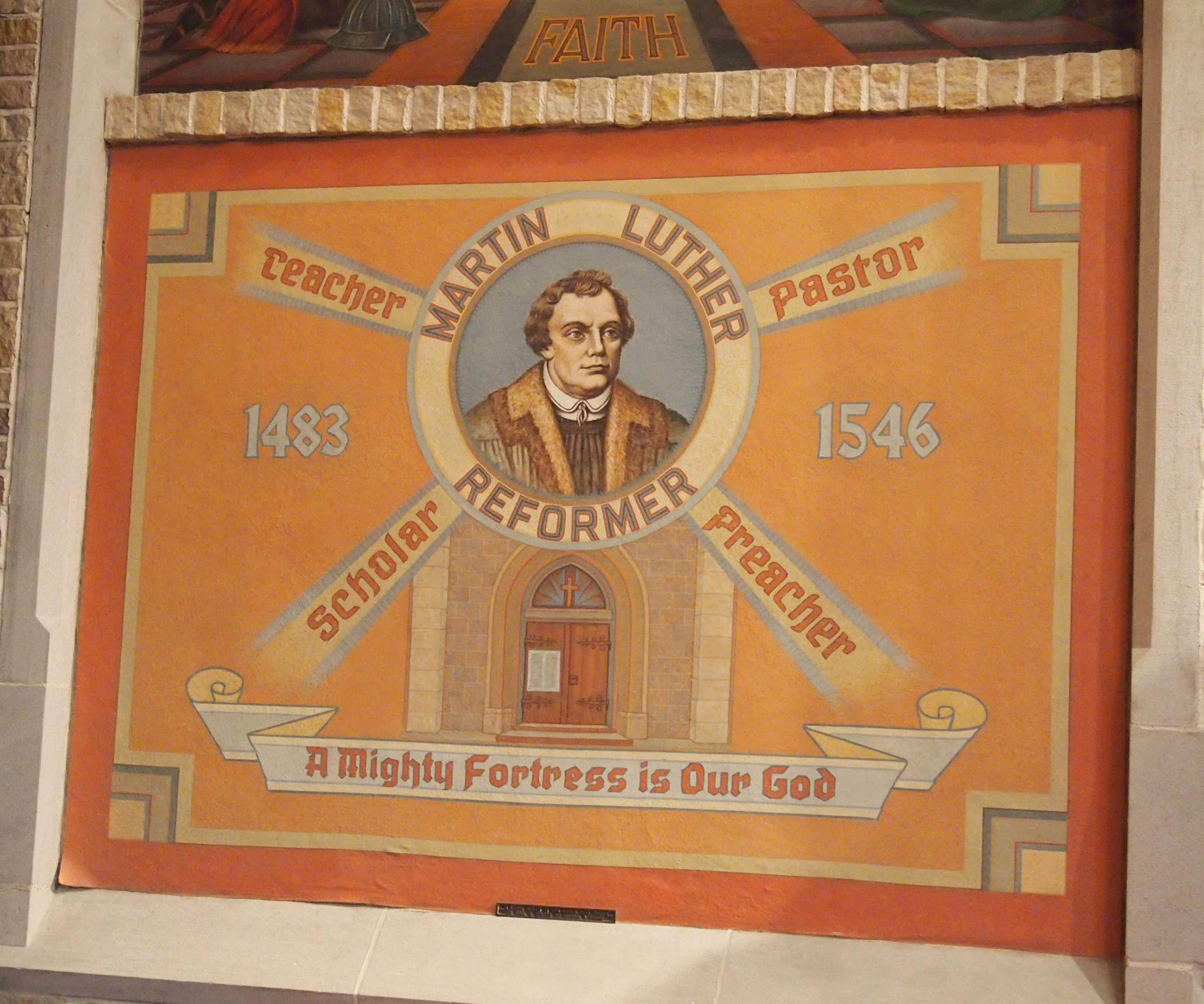Saturday was the annual Churches by Bus tour organized by the Chicago Architectural Foundation, which we were on last year and the year before. Not this year. We’ve been to two of the five churches listed on the tour. The tour isn’t precisely cheap, so I wanted a little more novelty. Four out of five, maybe.
So we planned to look at four churches around Michigan Ave. while in the neighborhood. Nothing new — almost nothing new — but no charge either. As it turned out, only two of the four were open, and a third had a service in progress; not the time to wander around looking at it. The open one that wasn’t busy was Fourth Presbyterian Church of Chicago on Michigan Ave., a fine Gothic structure in the heart of the shopping district.
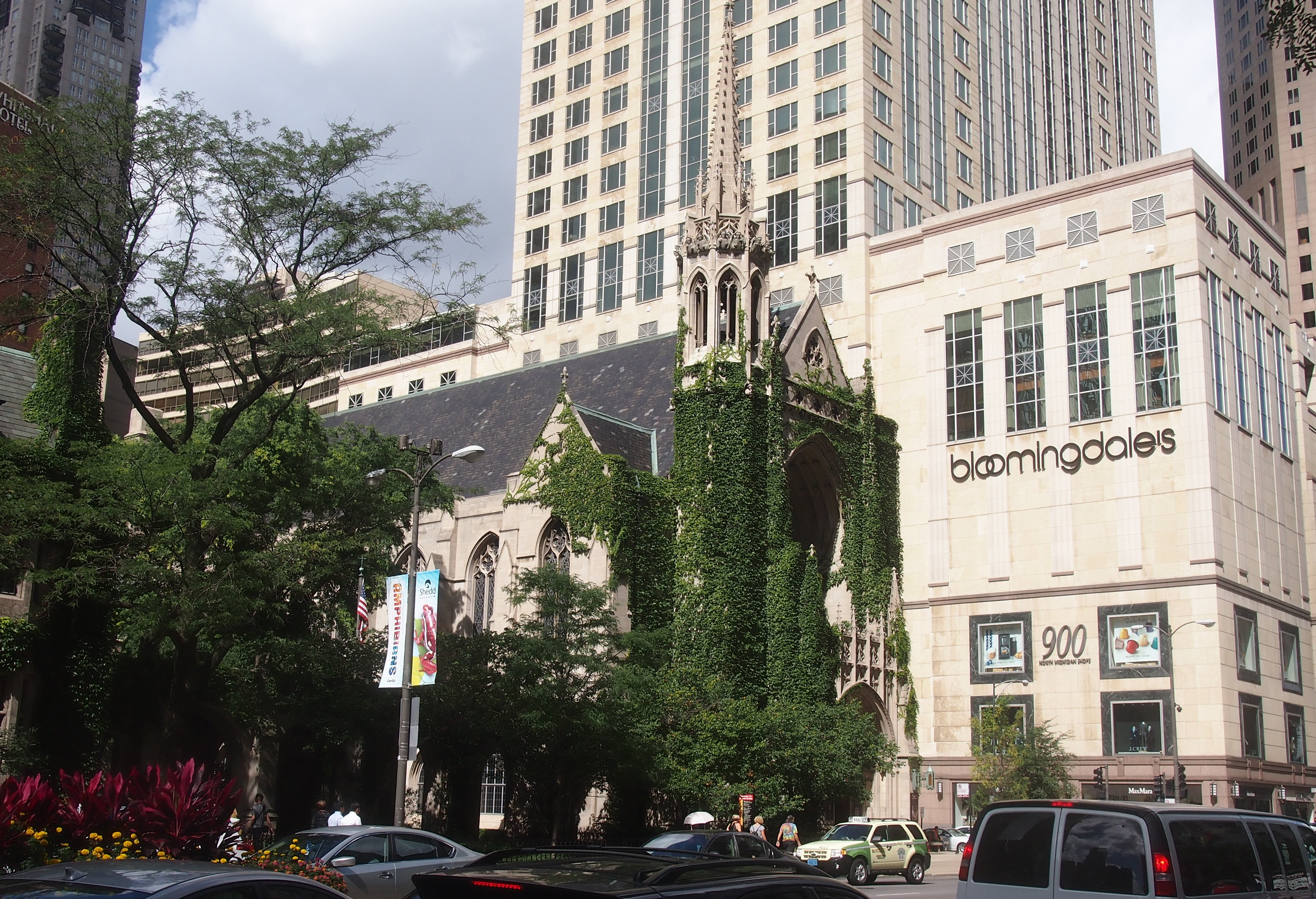
Nice courtyard to the south of the main building, too.
When the church was finished in 1914, however, that part of Michigan Ave., still called Pine St., was no great shakes. Cheap land, in other words. All of the action on Michigan Ave. was still south of the Chicago River. That changed with the completion of the Michigan Avenue Bridge over the river in 1920, and Fourth Pres has watched temples of mammon grow up around it since then.
A fine interior. Been inside a number of times over the years. The ceiling’s a little dark, but lights up there would be expensive not only in electricity usage, but maintenance, I figure.
Ralph Adams Cram (1863-1942), an architect who did a lot of ecclesiastical work, designed the church. He’s also known for the Cathedral Church of St. John the Divine in Manhattan.
Adjacent to the church is a much newer structure, the Gratz Center, which was completed only in 2013 to house a preschool program, the Buchanan Chapel, a new dining room and kitchen, offices, and rooms. We took a look at the second-story Buchanan Chapel, which is mostly spare, but well lit with natural light, and with a labyrinth on its floor. The chapel’s architect was Brian Vitale, in Gensler’s Chicago office.
Up in the corner of the chapel hangs “Quaternion,” a 2014 piece by Alyson Shotz, a Brooklyn artist.
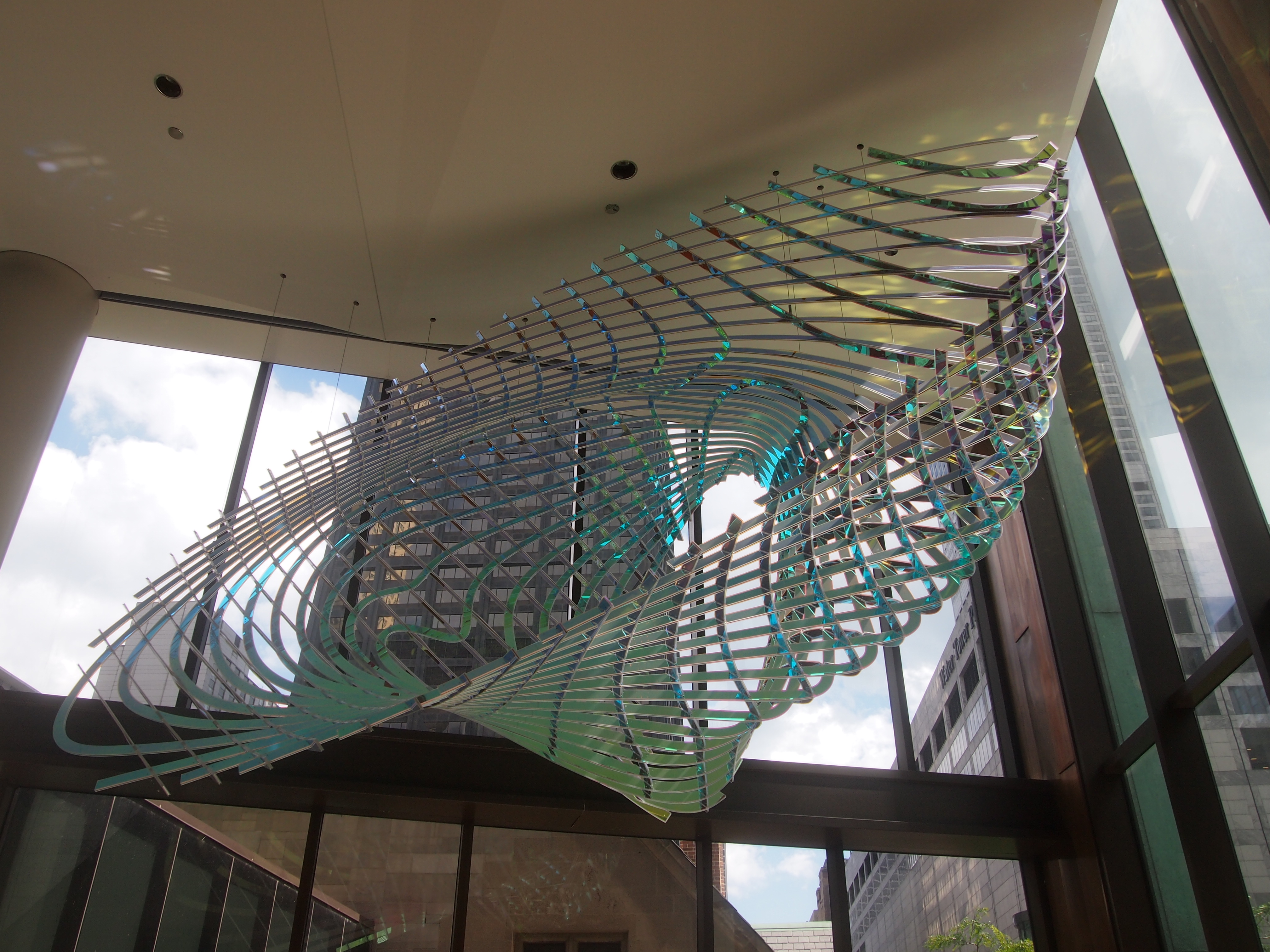 Interesting. Often, that’s all I ask from bits of the world.
Interesting. Often, that’s all I ask from bits of the world.
